Save time. Save money. Save headaches. Save the fun for another day. The longer I bird, the more rewarding I find local birding. Most anyone can see what birds they want if they have the means and time to hop in a car and drive across the state or get on a plane and go someplace new. But not everyone can see what they want in a limited geographical area even if they have all the time and money in the world. Racking up the numbers in the near-perfect 24×36 mile rectangle that is Kandiyohi County is tough. While I haven’t jumped on the popular 5-Mile Radius bandwagon, I do take my birding pretty seriously in these 864 square miles. Birding a relatively small area makes the victories all the sweeter and the misses even more anguishing. Case in point was an Eastern Whip-poor-will found by Dan Orr on April 30 in the far NW corner of the county. Dan found the bird during the day surprisingly, and not surprisingly, I was tied up with shuttling kids around to their activities. I couldn’t make the 40-minute drive until dark, which is okay considering hearing a nightjar is much more probable than seeing one. Joel Schmidt was on the scene before me having no luck finding it. Then, two minutes before I arrived, he heard it. I stayed on over an hour without hearing a whip or a will. Ugh.
Yet another stinging miss was a Summer Tanager in Randy Frederickson’s yard in May of 2017 while I was across the country. I literally got the news just after landing in Arizona. Talk about bad timing. All I had to cling to was a thin hope of another one based on Randy having seen this species in his yard a few times over the last couple decades. It turns out that my hope was not that thin. History repeated itself almost exactly a year later, except I was in the right place at the right time for once to get #258. Twice I’ve made long-distance car chases for this species, and here I had one just across town. Sadly, that story has repeated itself all too often for me with other species.
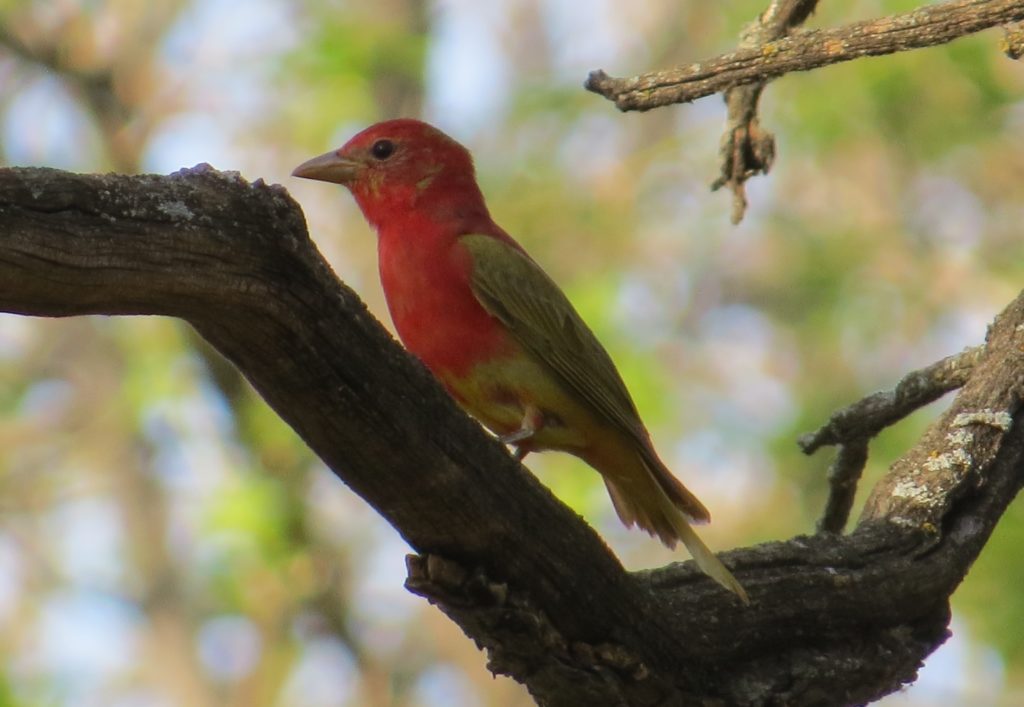
Not long after I enjoyed this Tanager with Randy and his wife in their yard, Randy and I were out birding one morning when I picked up county bird #259*. *This bird, if accepted, would be a second state record. I’ll write more on that if we have success with it being accepted. If not, just forget this paragraph even existed.
Serendipitous rarities at the local level are always received with great joy since they are completely unexpected. You can’t get too upset about the really rare birds you don’t have on your county list. However, it’s the birds that you know show up annually but are still missing from the list that really get under the skin. Two of those for me were Sanderling and Henslow’s Sparrow. My battle plan was to hit up shorebird habitat hard during the end of May to hopefully get a Sanderling, a late migrant. Then, during June, I would make it my daily chore to go beat the innumerable grasslands in the county for a Henslow’s. I was looking forward to this struggle, actually. A few visiting birders laid waste to my perfect plans by finding both my Henslow’s AND my Sanderling for me in the SAME day!
County listing gurus, Andy Nyhus and Dedrick Benz, answered my case-of-beer promotion for any non-county resident that finds me a new Kandiyohi bird when they dug up a Henslow’s Sparrow on territory in the far SE corner of the county. It was a bittersweet #260–good to finally get it, but now my June birding plans were in shambles.
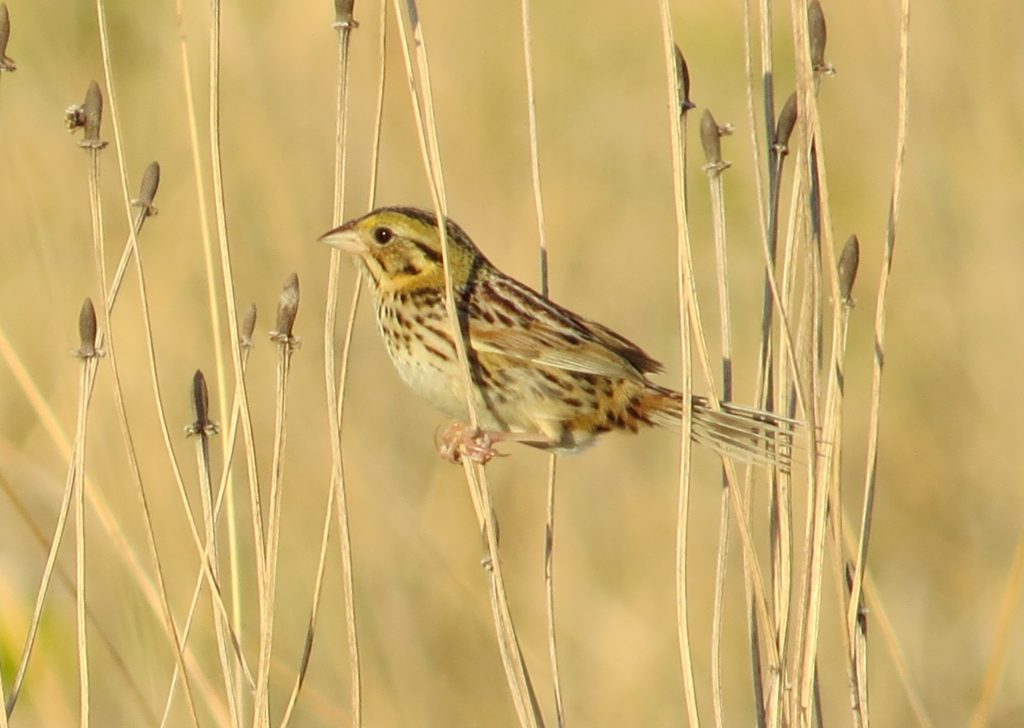 I have wanted this Sparrow for a long time. The last time one was in the county was in 2013, my first summer of birding. I did try for that one, but I was so green that I didn’t really know how to try. Plus I later found out that I was in the wrong spot by like a quarter mile. Needless to say, with this year’s find I immediately raced down to that corner of the county, making me slightly late for meeting up with a friend that morning. Getting the bird was a cinch as it could be heard from the parking lot. I spent a little time with it and then raced back to my meeting. When that meeting ended at noon, I promptly went to the liquor store to make good on a promise. I made my purchase but was disappointed to find out that Andy and Dedrick were no longer in the county to collect payment and had vanished like the DeLorean, leaving fiery trails of good birds for others to marvel at. Two of those birds were some Sanderlings and Ruddy Turnstones that same afternoon on a beach at Lake Minnewaska in neighboring Pope County. The find actually pushed me out the door that very same day to start checking similar beaches in this county. I checked several but did not go to the beach at Green Lake in Spicer. Though I thought of it, I instead went to lakes to the south. It’s a good thing that county-listing expert, Herb Dingmann, had the same hunch after ticking Andy and Dedrick’s Pope finds. He did stop at Green Lake and found the same pair of species! Twenty minutes after his call, Steve and I were on site, enjoying our latest county bird. This was #261 for me.
I have wanted this Sparrow for a long time. The last time one was in the county was in 2013, my first summer of birding. I did try for that one, but I was so green that I didn’t really know how to try. Plus I later found out that I was in the wrong spot by like a quarter mile. Needless to say, with this year’s find I immediately raced down to that corner of the county, making me slightly late for meeting up with a friend that morning. Getting the bird was a cinch as it could be heard from the parking lot. I spent a little time with it and then raced back to my meeting. When that meeting ended at noon, I promptly went to the liquor store to make good on a promise. I made my purchase but was disappointed to find out that Andy and Dedrick were no longer in the county to collect payment and had vanished like the DeLorean, leaving fiery trails of good birds for others to marvel at. Two of those birds were some Sanderlings and Ruddy Turnstones that same afternoon on a beach at Lake Minnewaska in neighboring Pope County. The find actually pushed me out the door that very same day to start checking similar beaches in this county. I checked several but did not go to the beach at Green Lake in Spicer. Though I thought of it, I instead went to lakes to the south. It’s a good thing that county-listing expert, Herb Dingmann, had the same hunch after ticking Andy and Dedrick’s Pope finds. He did stop at Green Lake and found the same pair of species! Twenty minutes after his call, Steve and I were on site, enjoying our latest county bird. This was #261 for me.
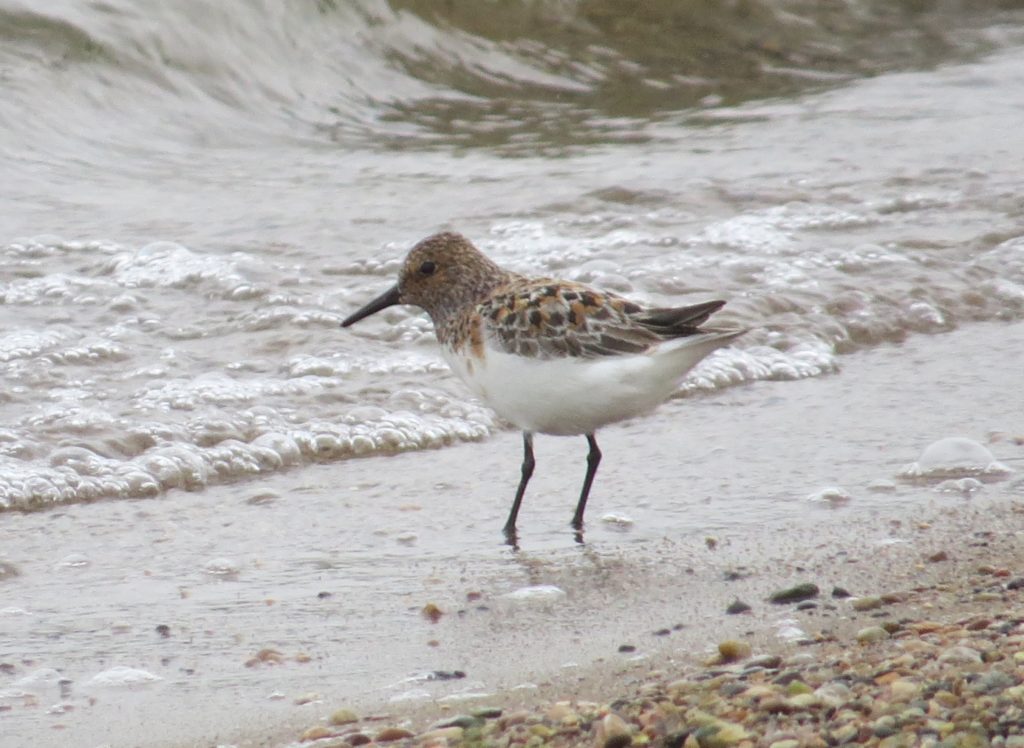
Ruddy Turnstone is not a shabby bird either, only my second in the county.
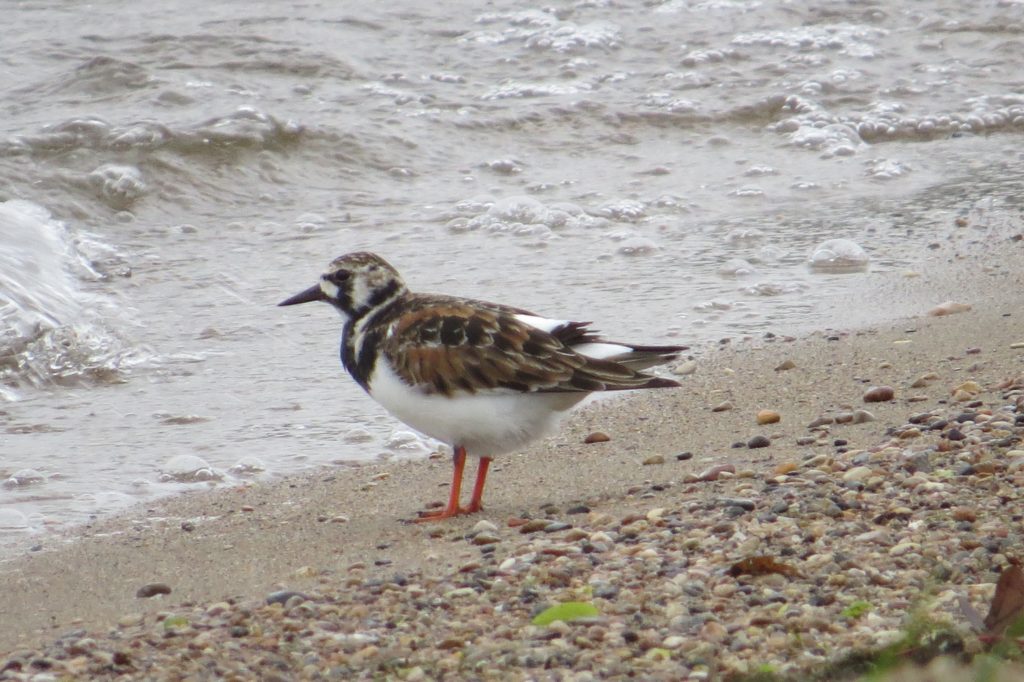
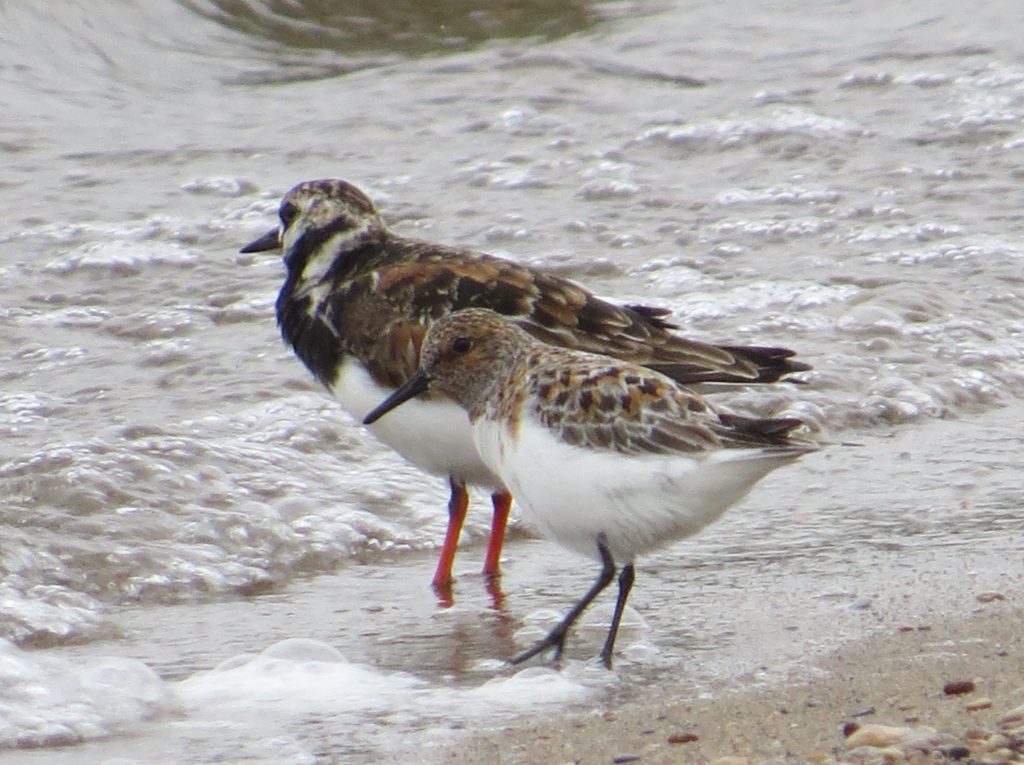
So just like that I was out of birding targets for the immediate future. I almost didn’t know what to do with myself. At my current number for the county, I am essentially waiting on vagrants to show up to get the number higher. There are a couple more regular hold-outs which I will pursue come fall and winter, but what does one do now? I have never understood the appeal of 87-county listing, but maybe this is it how it begins–the local list gets saturated with good birds and one must look across borders for new tics to keep the thrill alive. Or maybe it happens innocently when a slew of good birds shows up at the ponds at work in neighboring Meeker County. The ponds have been drawn down this year making it tidy little hotspot during migration.
A confiding pair of Northern Pintails that hung out for a week was a fun Meeker tic.
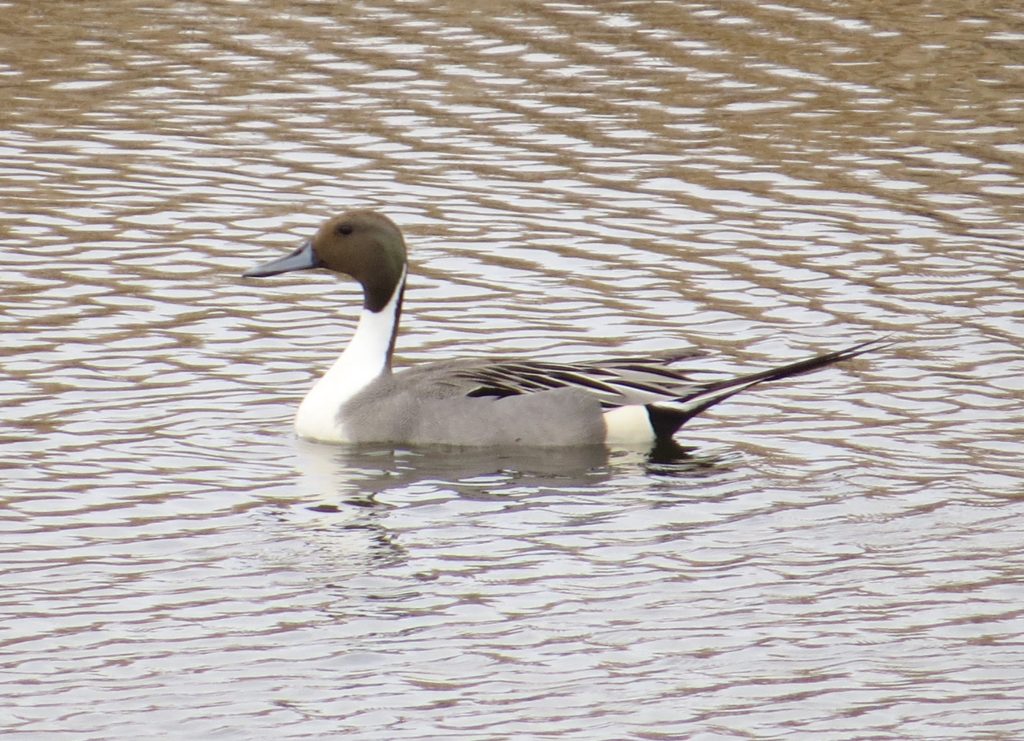 Fun as the Pintails were, nothing could make the Meeker slope more slippery like the 1-2-3 punch of Willet, Snowy Egret, and Caspian Tern. The latter two were seen on the same day as I was hurriedly leaving work to chase the Curlew Sandpiper.
Fun as the Pintails were, nothing could make the Meeker slope more slippery like the 1-2-3 punch of Willet, Snowy Egret, and Caspian Tern. The latter two were seen on the same day as I was hurriedly leaving work to chase the Curlew Sandpiper.
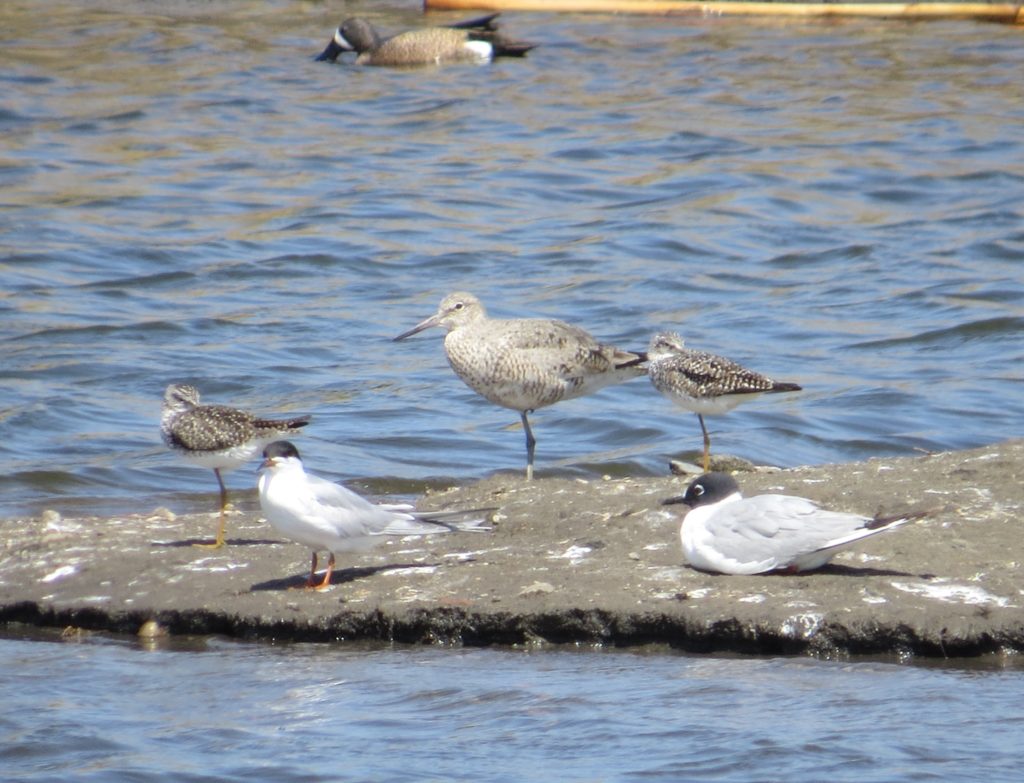 After work one day, coworker and birding buddy Brad Nelson had seen some smaller Egrets fly over and land at the ponds but wasn’t able to investigate. He asked if I could check it out. Though the Curlew Sandpiper was the priority, I told him I could give it a quick once-over. It’s a good thing, too, because Brad’s suspicion on the Egrets was right. This pair of Snowy Egrets became our first eBird flagged rarity for work, and it allowed Brad to tie the record for being #1 in Meeker.
After work one day, coworker and birding buddy Brad Nelson had seen some smaller Egrets fly over and land at the ponds but wasn’t able to investigate. He asked if I could check it out. Though the Curlew Sandpiper was the priority, I told him I could give it a quick once-over. It’s a good thing, too, because Brad’s suspicion on the Egrets was right. This pair of Snowy Egrets became our first eBird flagged rarity for work, and it allowed Brad to tie the record for being #1 in Meeker.
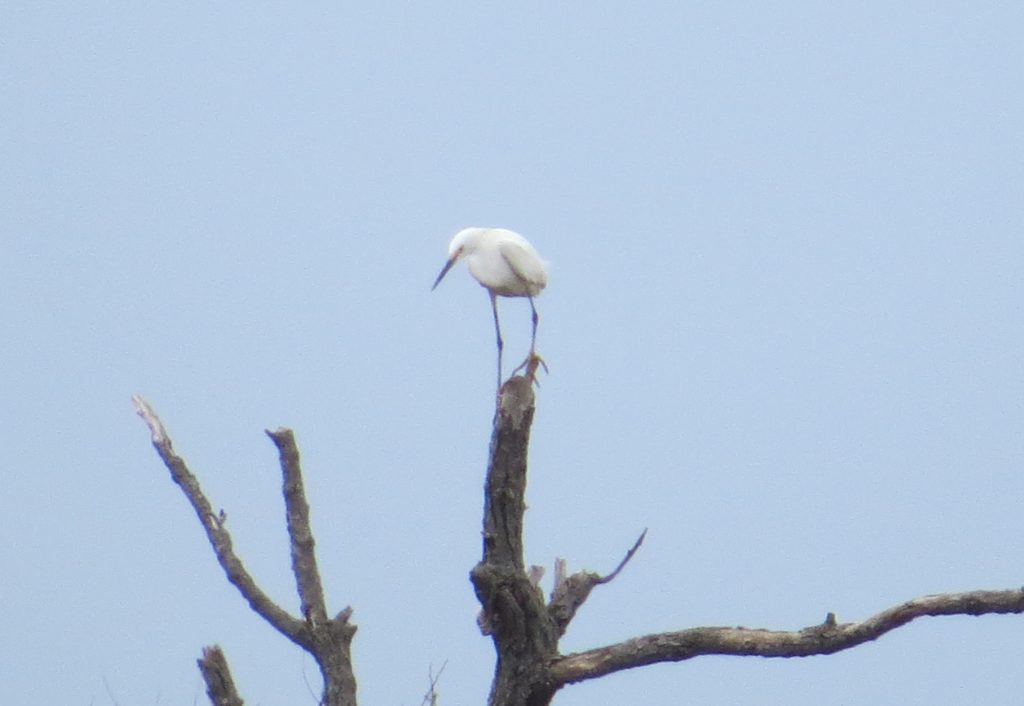 As I scanned the ponds in my haste to get to the Curlew, I nearly missed this Caspian Tern trying to blend in with the Forster’s. Caspian is the better of the two Terns here, and it was the bird that officially crowned Brad Nelson the King of Meeker County. Congrats, Brad!
As I scanned the ponds in my haste to get to the Curlew, I nearly missed this Caspian Tern trying to blend in with the Forster’s. Caspian is the better of the two Terns here, and it was the bird that officially crowned Brad Nelson the King of Meeker County. Congrats, Brad!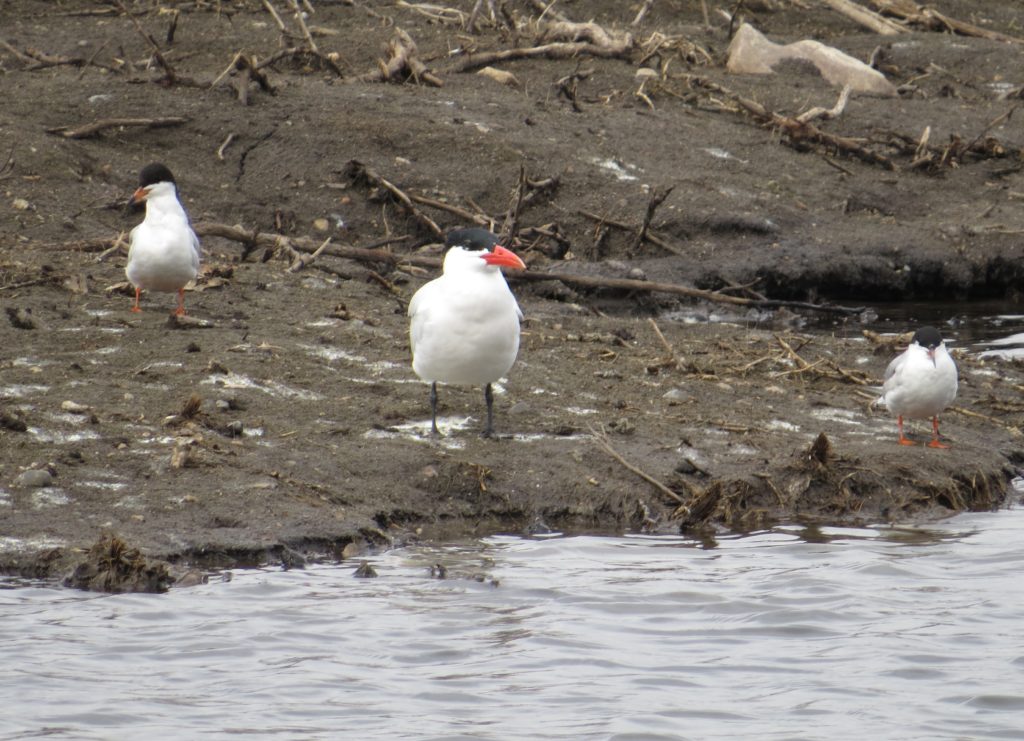 Perhaps the county listing starts innocently with “just a quick trip” 6 miles from the county line to pick up Dan Orr’s Stearns County Mockingbirds.
Perhaps the county listing starts innocently with “just a quick trip” 6 miles from the county line to pick up Dan Orr’s Stearns County Mockingbirds.
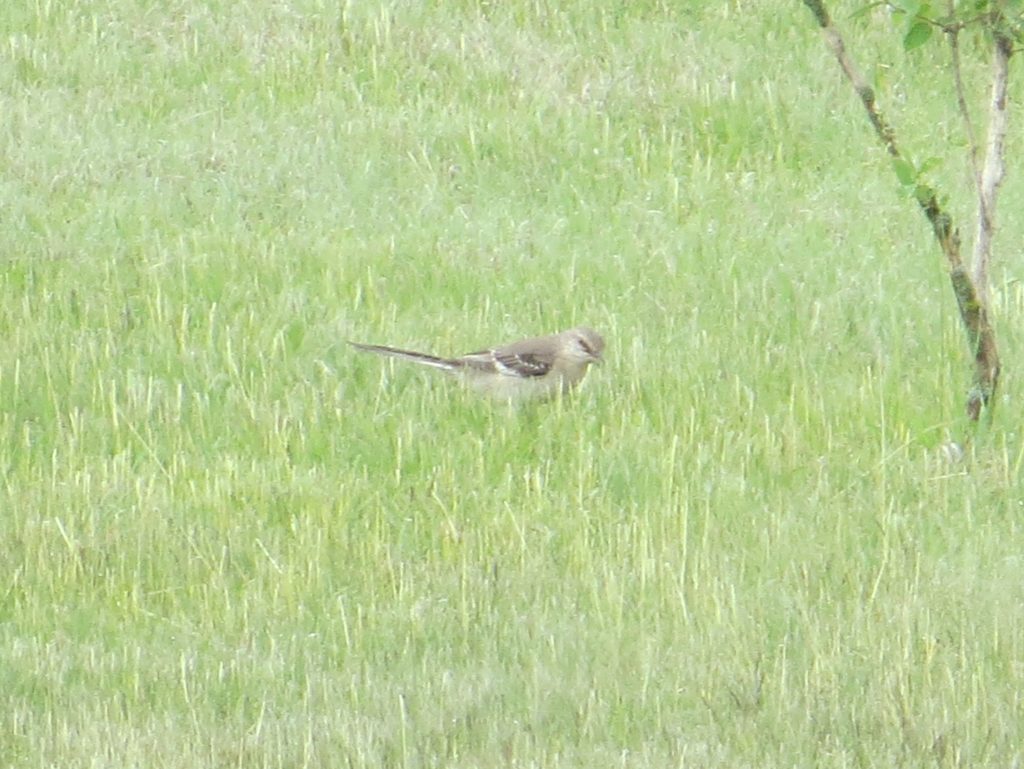 Or maybe it happens when you are driving down the Kandi-Swift County line road and find yourself staring at the Swift side of the line. It’s a good thing I did because it netted me my first real good looks and photos of a Sora. This felt like a lifer, honestly.
Or maybe it happens when you are driving down the Kandi-Swift County line road and find yourself staring at the Swift side of the line. It’s a good thing I did because it netted me my first real good looks and photos of a Sora. This felt like a lifer, honestly.
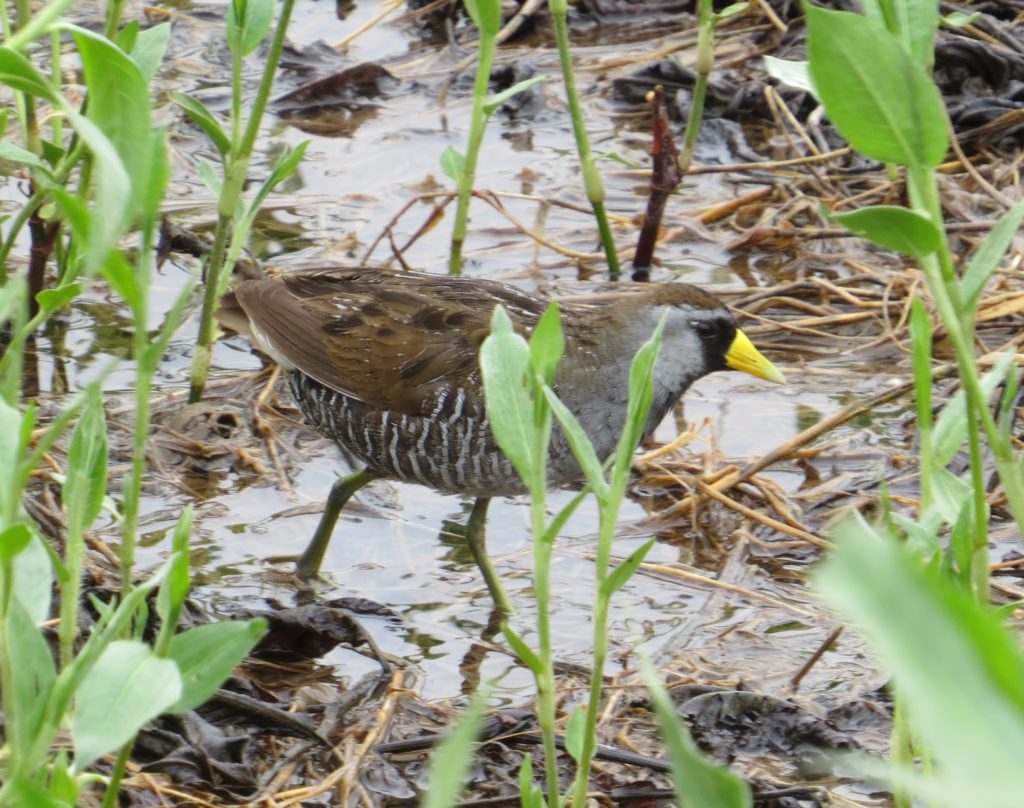 The birding action is too hot at home to be worried about other counties. I’m not and don’t anticipate to be an active 87-lister, though it is fun to add tics when I travel. This spring/summer has produced an abundance of good birds right here in Kandiyohi County, even if they were not new to me. In fact, for the first time ever, I managed to go above the 200 mark in a single year with half the year still to go! Here are some of the more fun finds I’ve encountered along the way.
The birding action is too hot at home to be worried about other counties. I’m not and don’t anticipate to be an active 87-lister, though it is fun to add tics when I travel. This spring/summer has produced an abundance of good birds right here in Kandiyohi County, even if they were not new to me. In fact, for the first time ever, I managed to go above the 200 mark in a single year with half the year still to go! Here are some of the more fun finds I’ve encountered along the way.
Perhaps winning the award for Biggest Surprise was this very late Snowy Owl (April 26!). I had chased some Short-eared Owls (a more expected species at this time) and instead found this guy. Every Minnesota birder will tell you they have looked at countless Wal-Mart bags in fields thinking they had a Snowy Owl. Given the time period, I was expecting this white mass to actually be a Wal-Mart bag. Nope. This was my fifth Kandiyohi Snowy Owl of this past winter/spring.
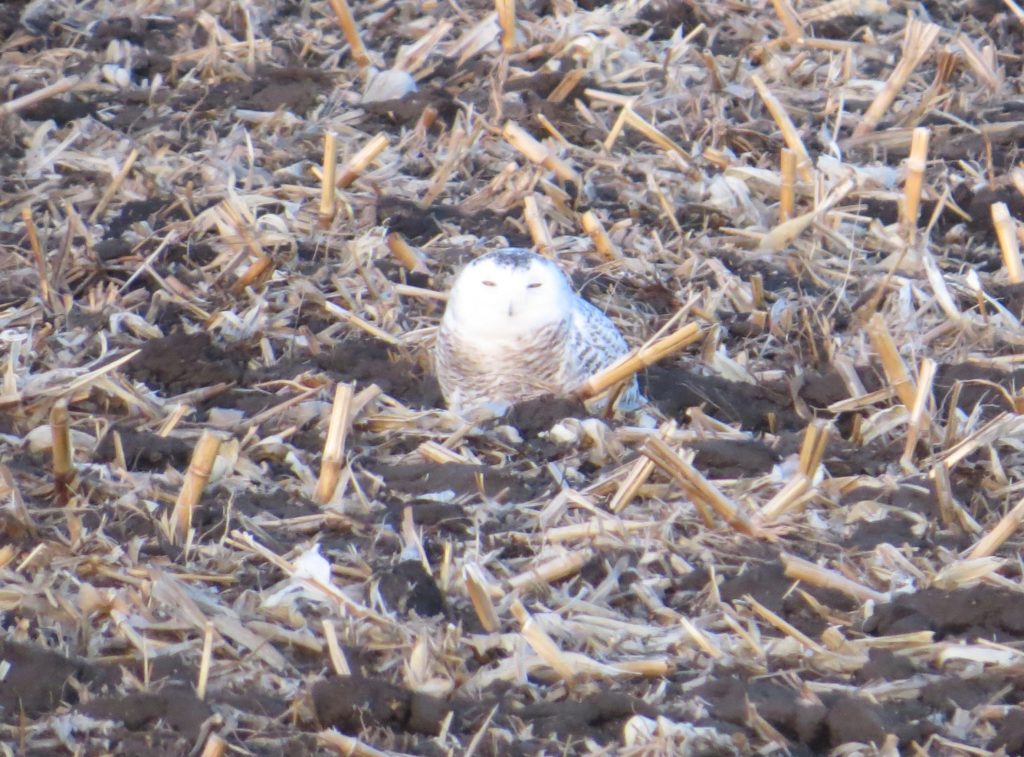 Another, “What’s that doing here right now?” bird was a presumed nesting pair of White-winged Crossbills this spring found by Steve Gardner in the same place I found a flock last November.
Another, “What’s that doing here right now?” bird was a presumed nesting pair of White-winged Crossbills this spring found by Steve Gardner in the same place I found a flock last November.
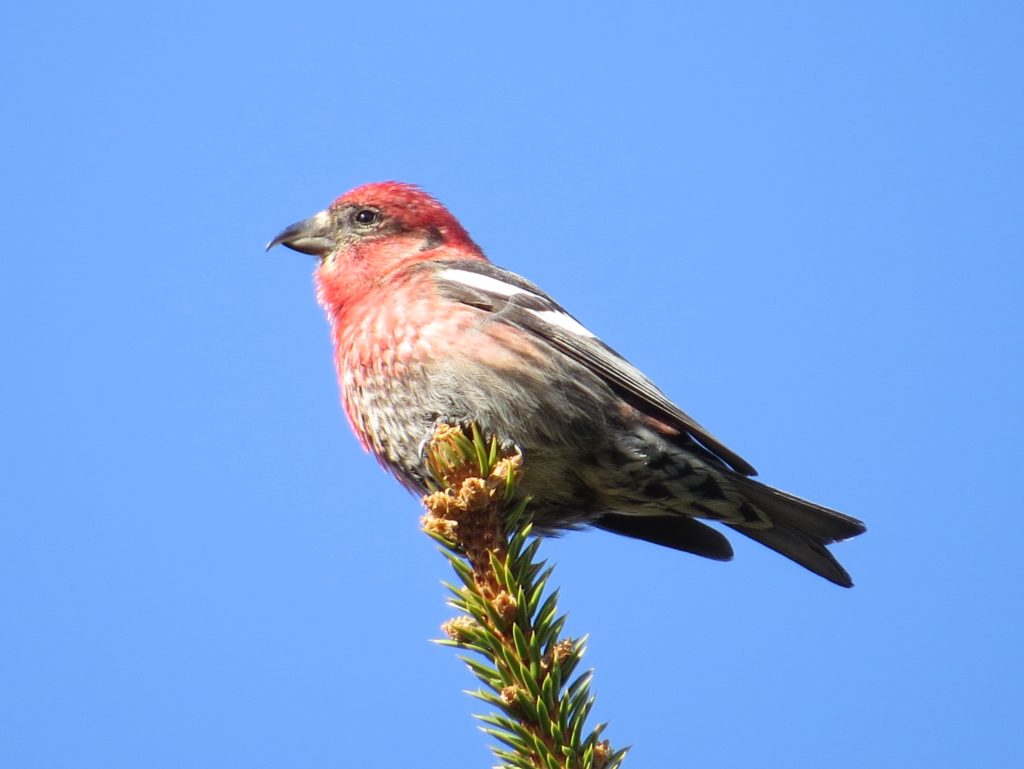
It was good to connect with two different Red-headed Woodpeckers in the county this year already–not a bird to be taken for granted here by any means.
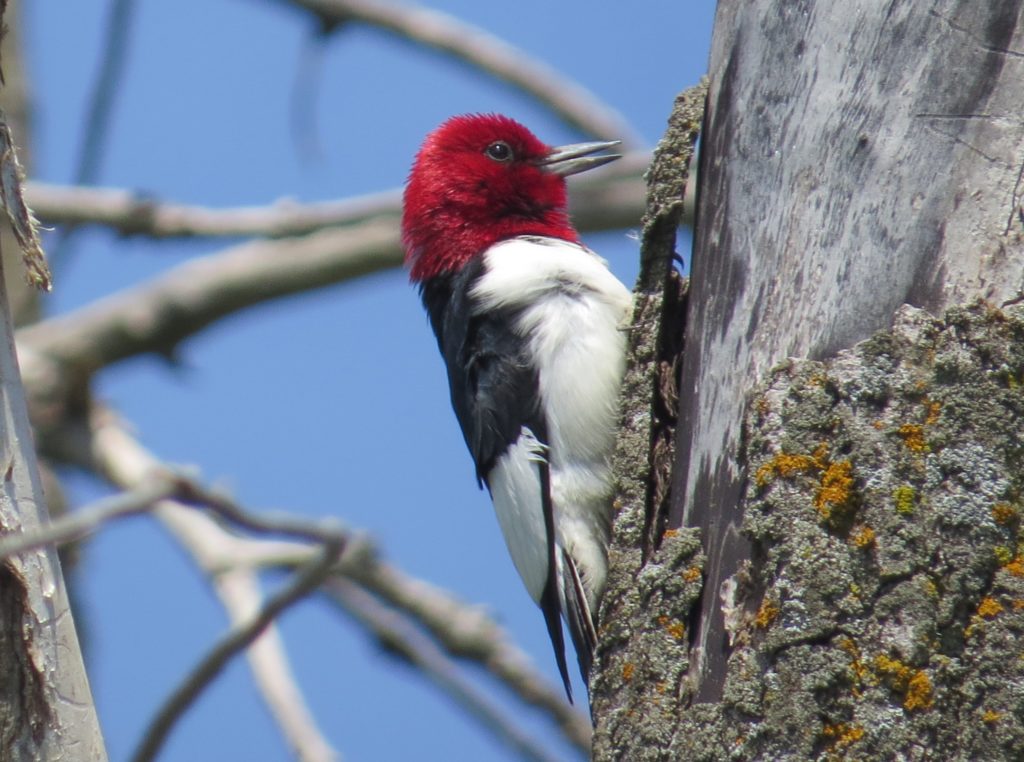 Though not a rare bird for Kandiyohi County, it’s always good to bump into a Scarlet Tanager too.
Though not a rare bird for Kandiyohi County, it’s always good to bump into a Scarlet Tanager too.
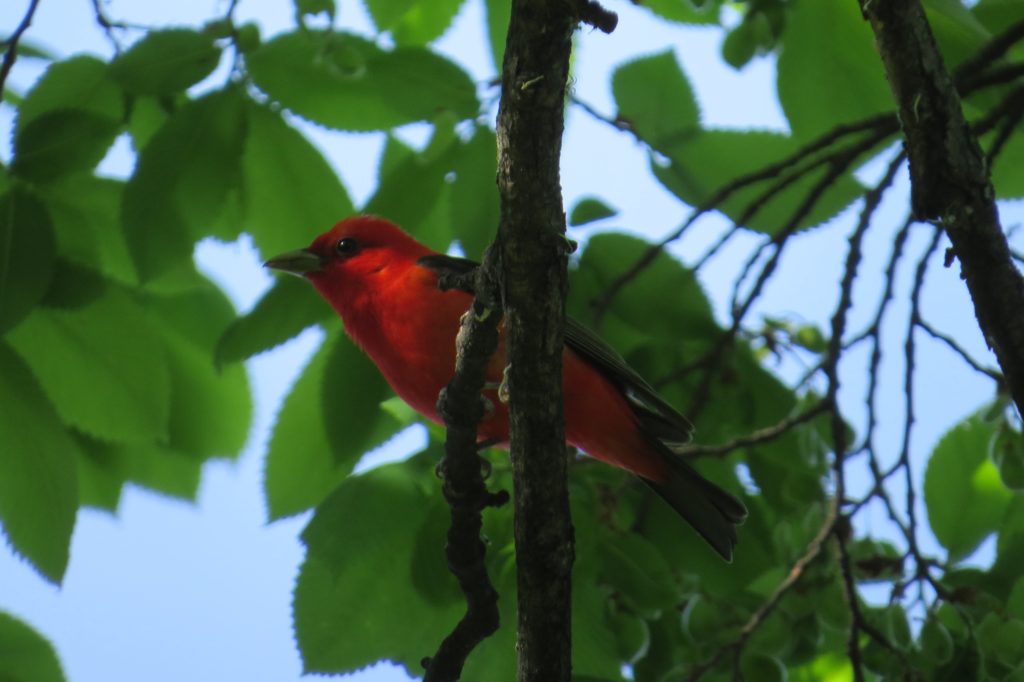 This spring/summer I have many county Seconds, meaning I’ve seen/heard a bird for the second time ever in the county. I was pretty thrilled to discover my second Loggerhead Shrike for the county. I’ve only seen a handful in the entire state, so this was pretty special.
This spring/summer I have many county Seconds, meaning I’ve seen/heard a bird for the second time ever in the county. I was pretty thrilled to discover my second Loggerhead Shrike for the county. I’ve only seen a handful in the entire state, so this was pretty special.
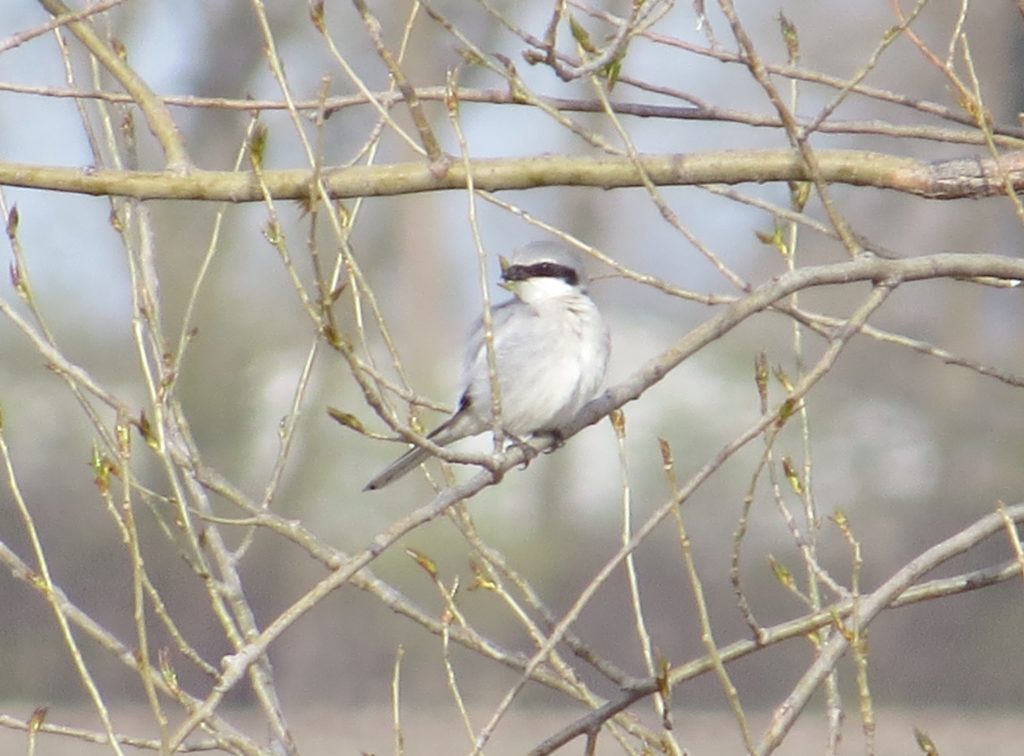
Speaking of only seeing a handful of a species in the state, another Second happened when I was looking for my county Sanderling at the Blomkest sewage ponds. I kicked up a pair of Gray Partridge as I hiked the barbwire perimeter. The exact same scenario played out for me in this spot just two years ago.
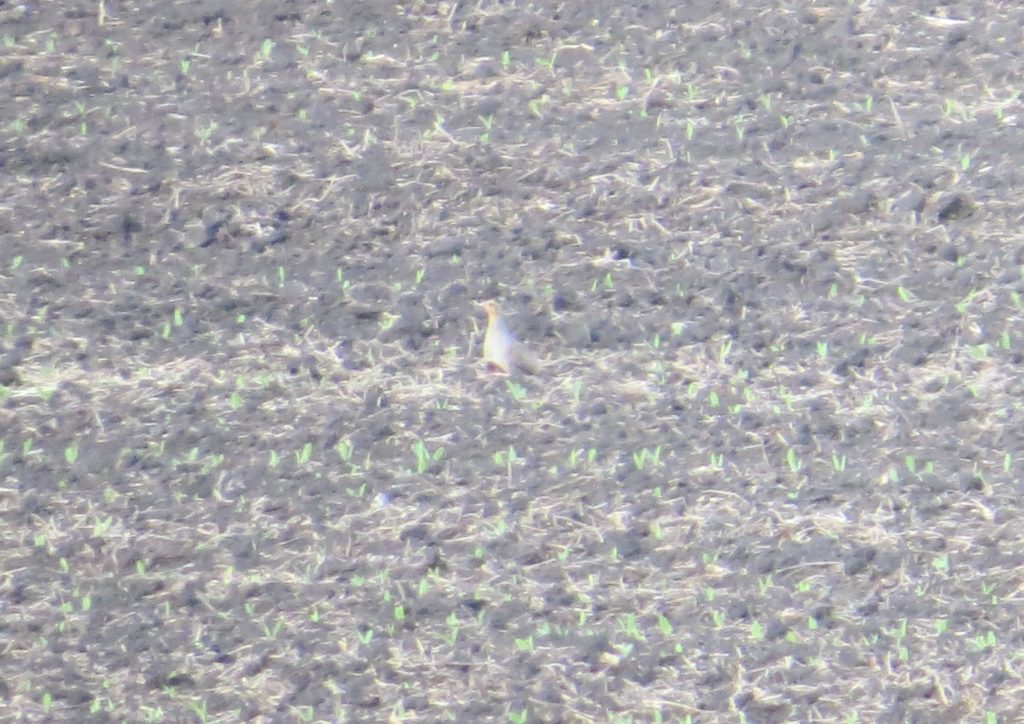
My favorite Second occurred when I was looking for a year bird, the Orchard Oriole. The Orchard was not a Second, but still a fun bird.
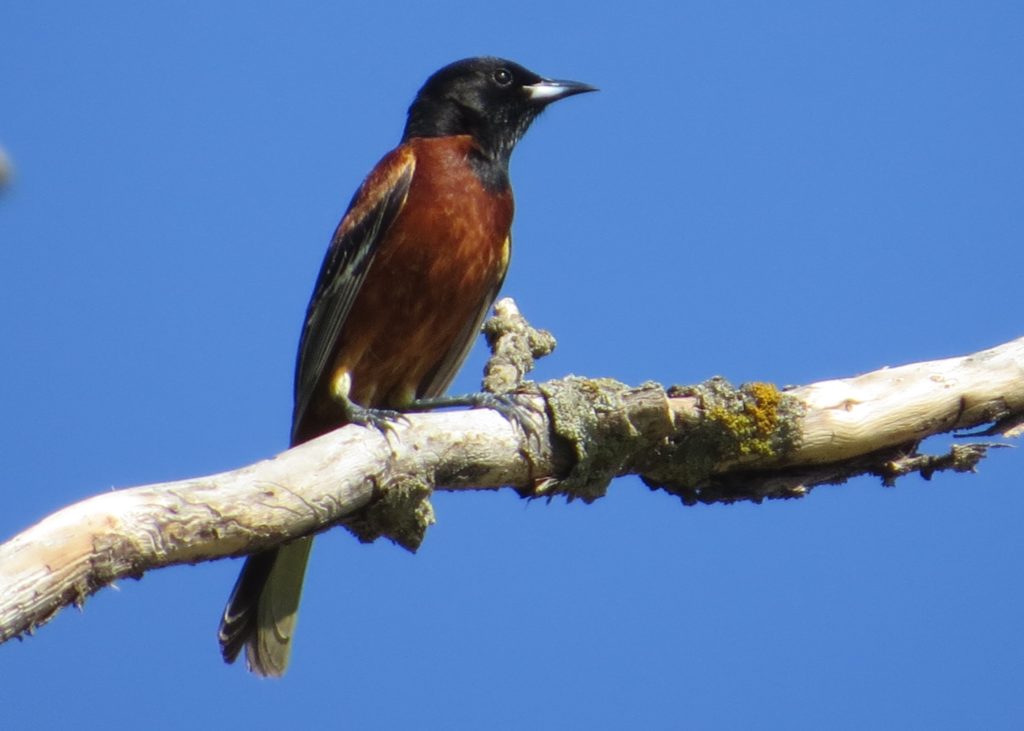 I saw this Orchard Oriole along a road between two gravel pits that I have walked many times in the past looking for a county record Blue Grosbeak. Since the record was found last summer and since it’s still not Blue Grosbeak season in my mind, I was not even thinking about that species. The thing about birding is that good finds sometimes happen when you least expect them. I was pretty pumped to finally (after all these years) get a personally found second Kandiyohi County record Blue Grosbeak.
I saw this Orchard Oriole along a road between two gravel pits that I have walked many times in the past looking for a county record Blue Grosbeak. Since the record was found last summer and since it’s still not Blue Grosbeak season in my mind, I was not even thinking about that species. The thing about birding is that good finds sometimes happen when you least expect them. I was pretty pumped to finally (after all these years) get a personally found second Kandiyohi County record Blue Grosbeak.
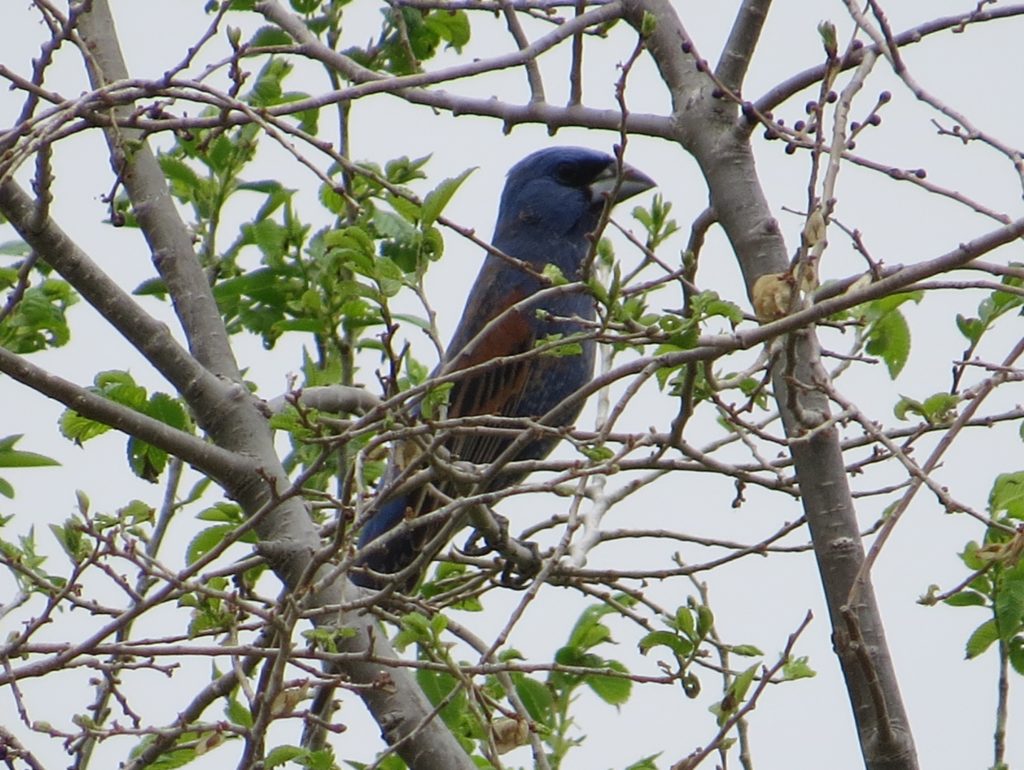 I didn’t have to wait long to get my second county Summer Tanager. County-listing legends, John Hockema and Chris Hockema, found this first-year male at Mt. Tom at Sibley State Park. Incredibly, other observers found a second Summer Tanager with this one.
I didn’t have to wait long to get my second county Summer Tanager. County-listing legends, John Hockema and Chris Hockema, found this first-year male at Mt. Tom at Sibley State Park. Incredibly, other observers found a second Summer Tanager with this one.
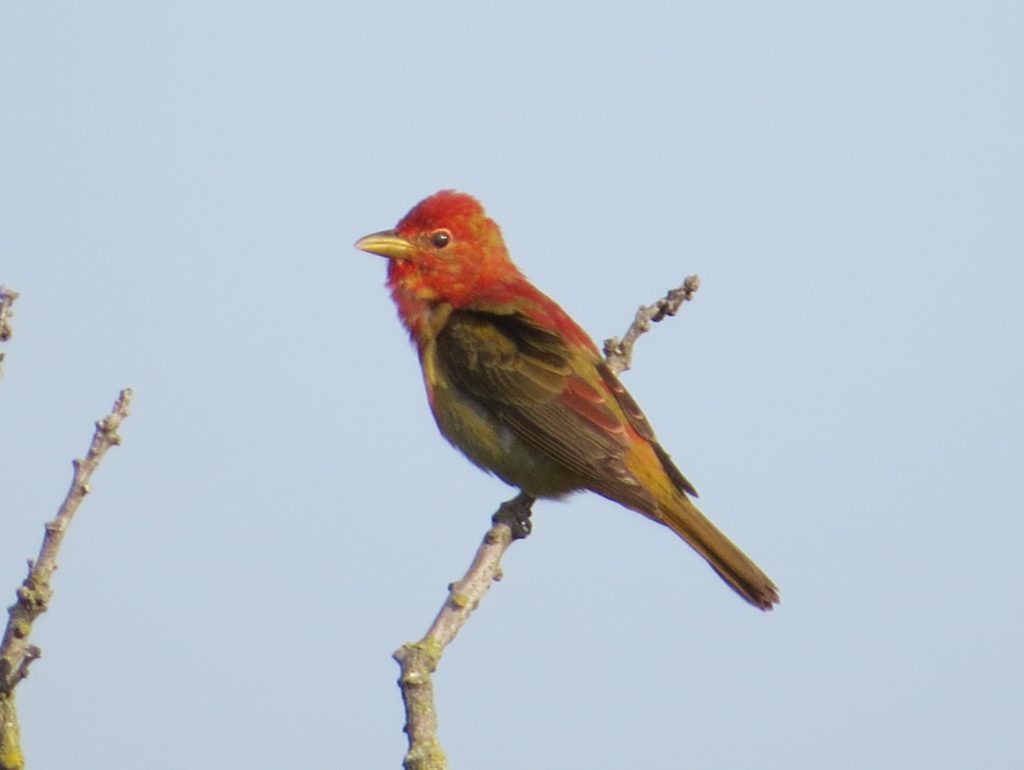 The Hockema Bros. followed this up immediately with another incredible find at Mt. Tom–my second county Eastern Towhee.
The Hockema Bros. followed this up immediately with another incredible find at Mt. Tom–my second county Eastern Towhee.
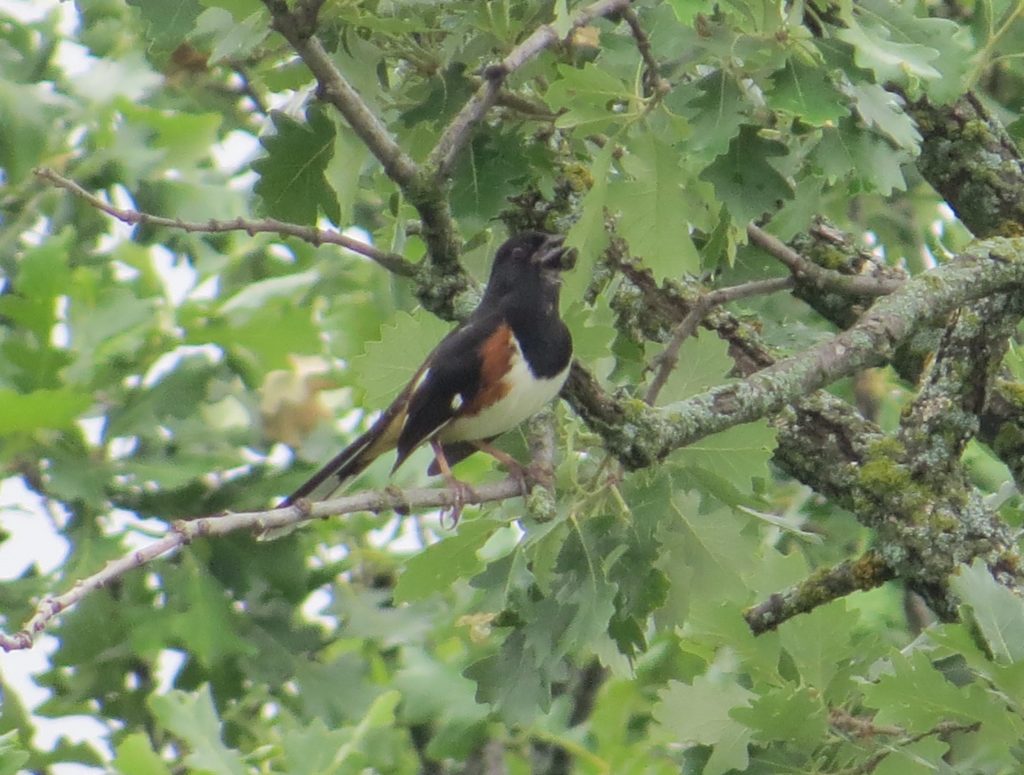 Continuing this list of Seconds was my second county observation and first county visual of a Yellow-billed Cuckoo in Randy’s magical yard.
Continuing this list of Seconds was my second county observation and first county visual of a Yellow-billed Cuckoo in Randy’s magical yard.
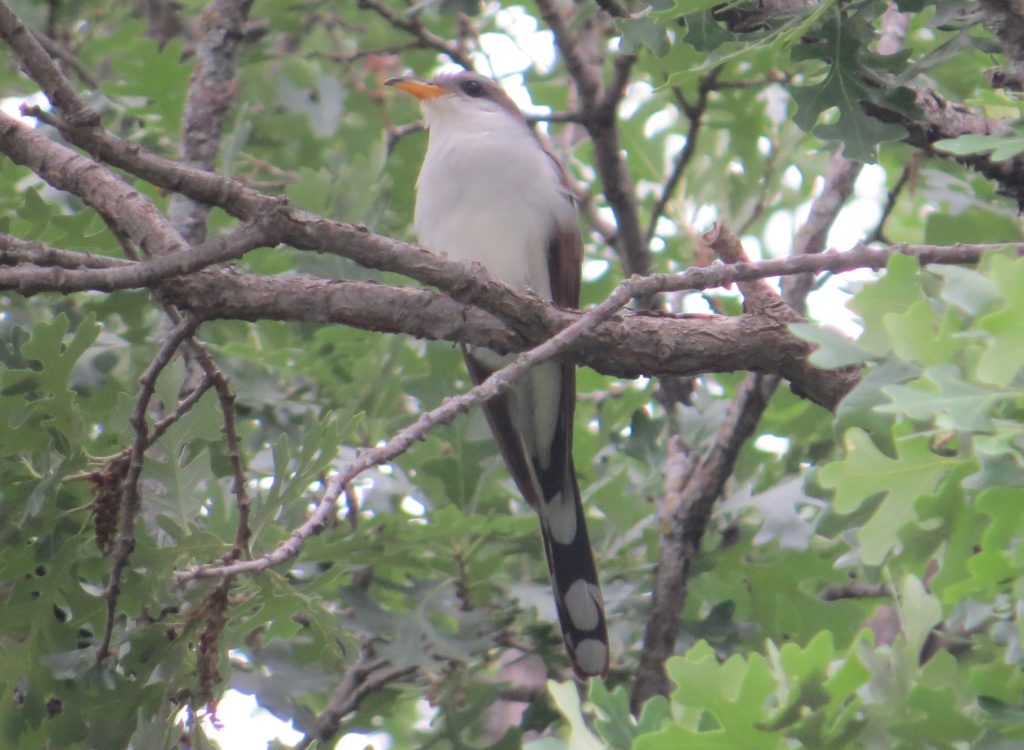 This Hudsonian Godwit was my fourth observation of this species in the county, but this was only my second time seeing one in breeding plumage.
This Hudsonian Godwit was my fourth observation of this species in the county, but this was only my second time seeing one in breeding plumage.
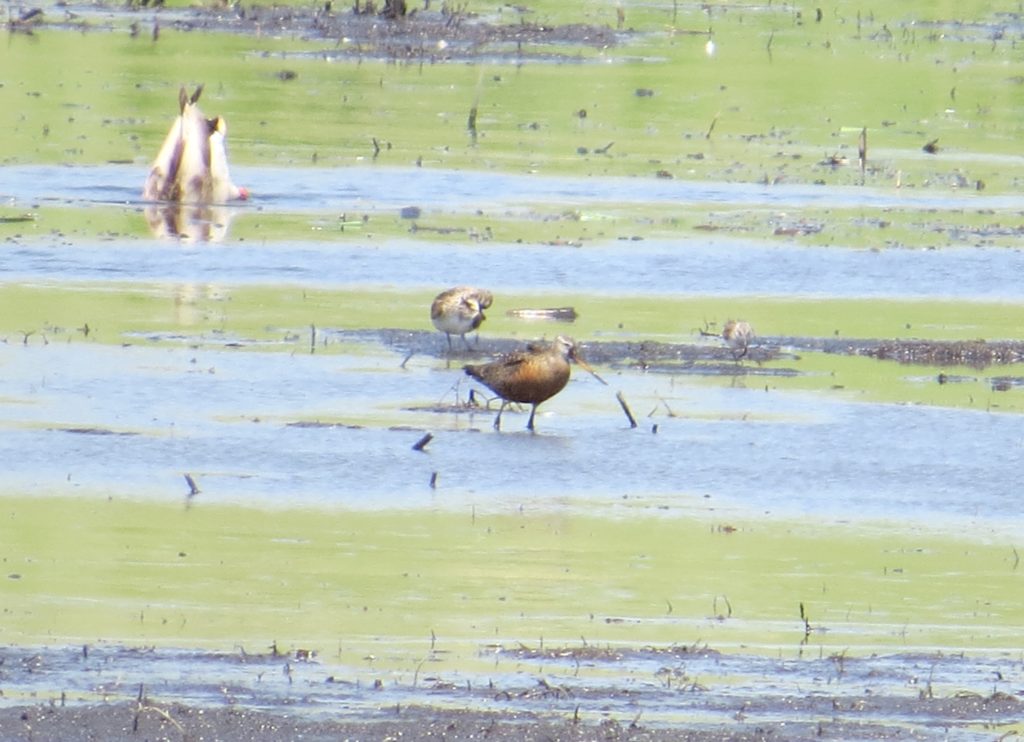 Birding locally this spring has been absolutely incredible and proof that you really don’t have to go far to find great things. Other fun finds on the road to 200 and beyond included Least Bitterns, Eastern Meadowlarks, Lark Sparrows, a Cerulean Warbler, and more. Even the new yard has had some great action with Common Nighthawks circling over, Purple Finches stopping by the feeders, and a Wood Thrush waking me up one morning with its serenade.
Birding locally this spring has been absolutely incredible and proof that you really don’t have to go far to find great things. Other fun finds on the road to 200 and beyond included Least Bitterns, Eastern Meadowlarks, Lark Sparrows, a Cerulean Warbler, and more. Even the new yard has had some great action with Common Nighthawks circling over, Purple Finches stopping by the feeders, and a Wood Thrush waking me up one morning with its serenade.
Birding has definitely slowed down the last couple weeks, which is a good thing so I can work on getting caught up on this blog and on various non-birding projects. Next post (posts?) will highlight an incredible birding trip Steve and I took to Arizona back in April.

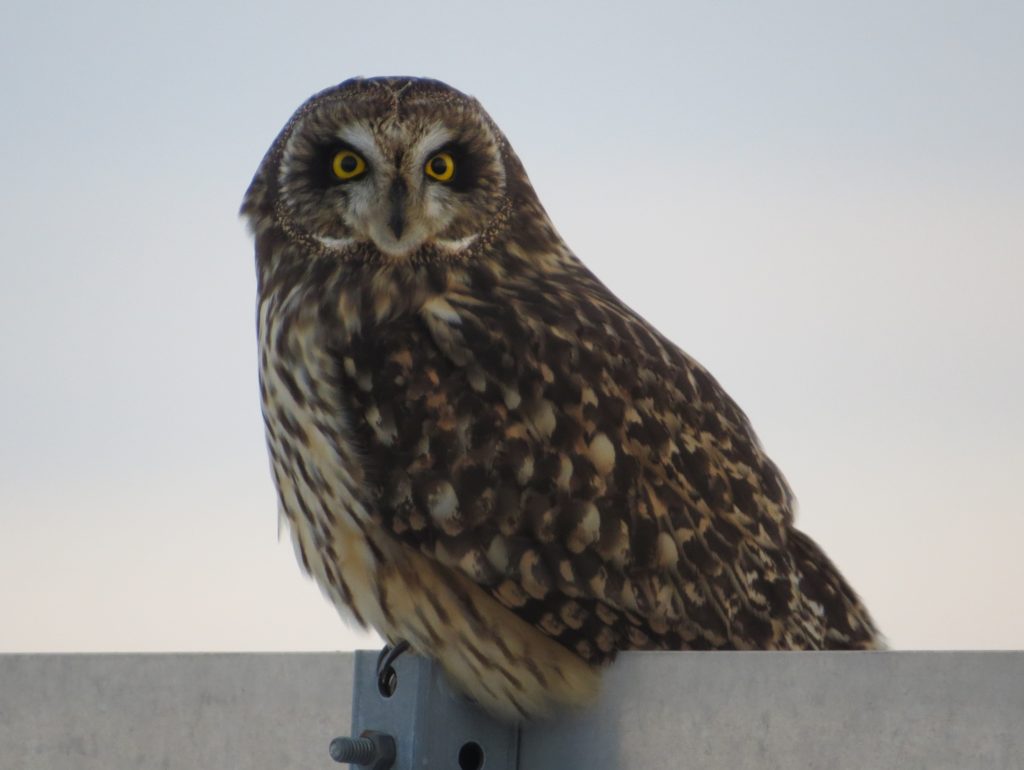
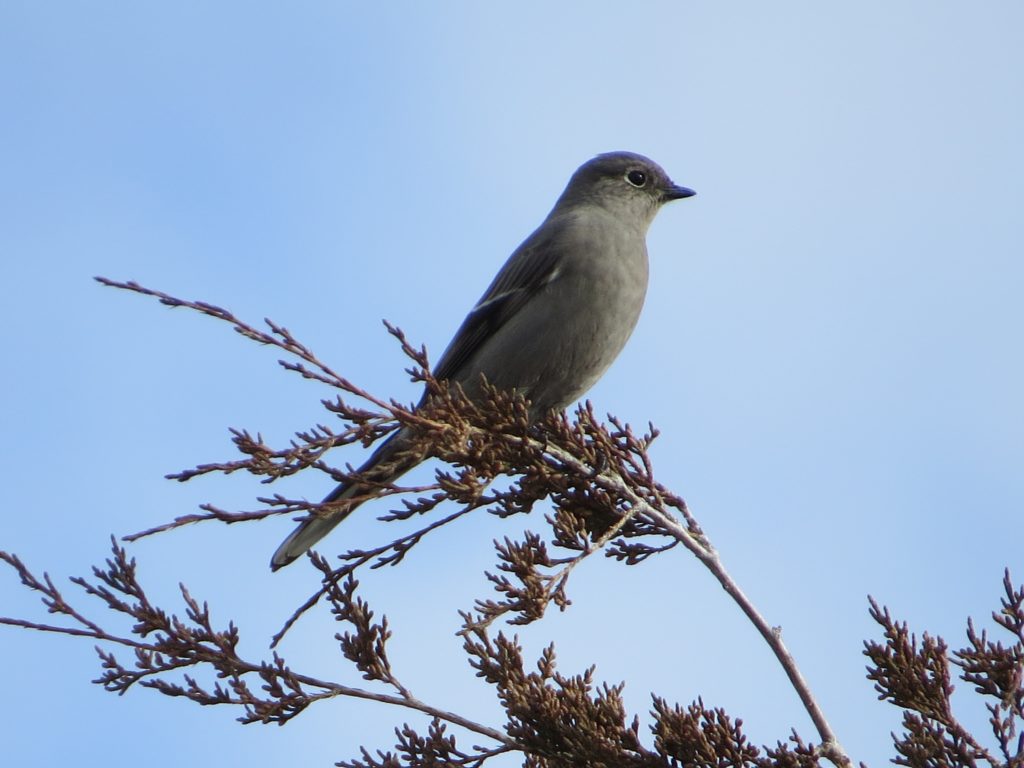
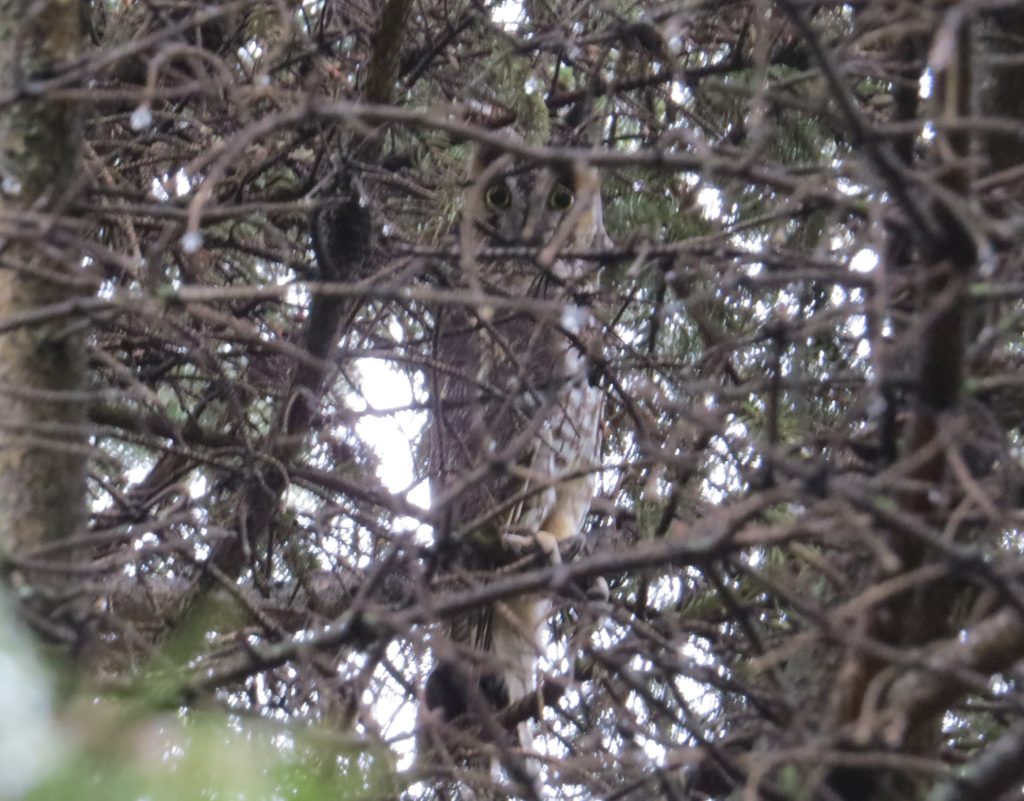
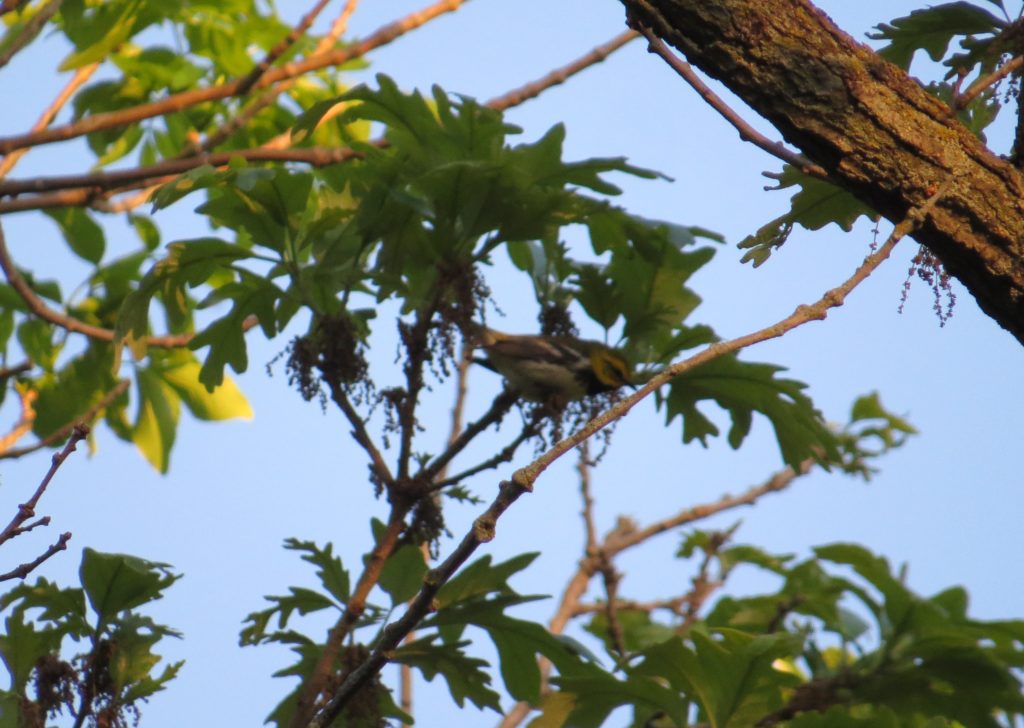
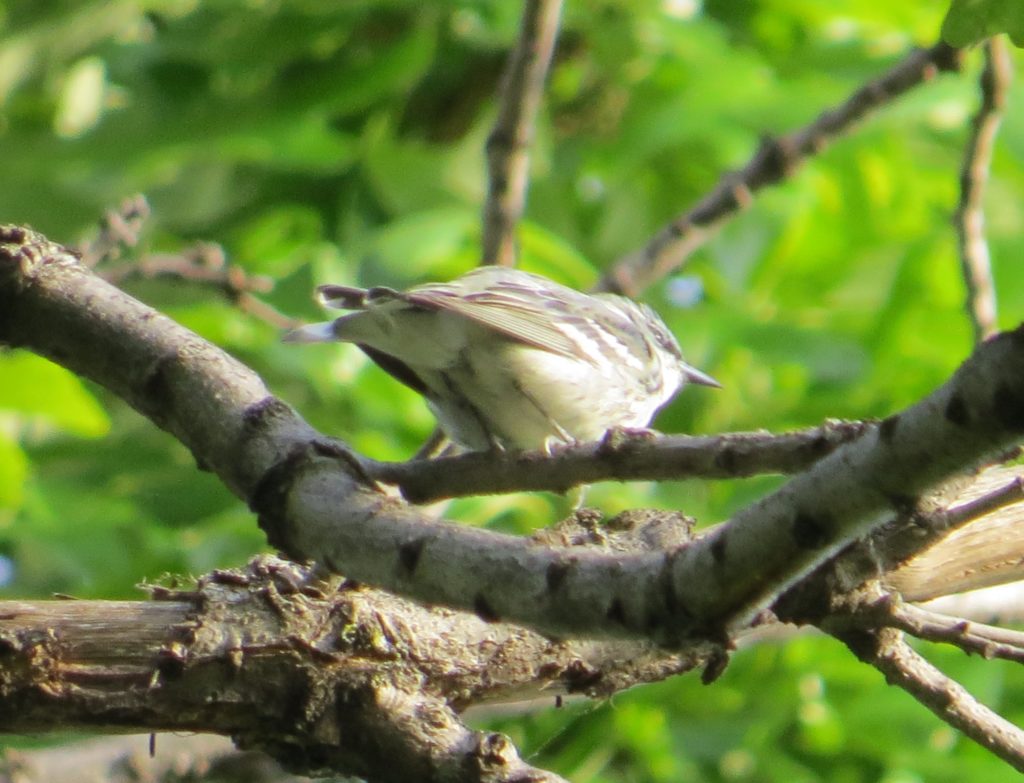
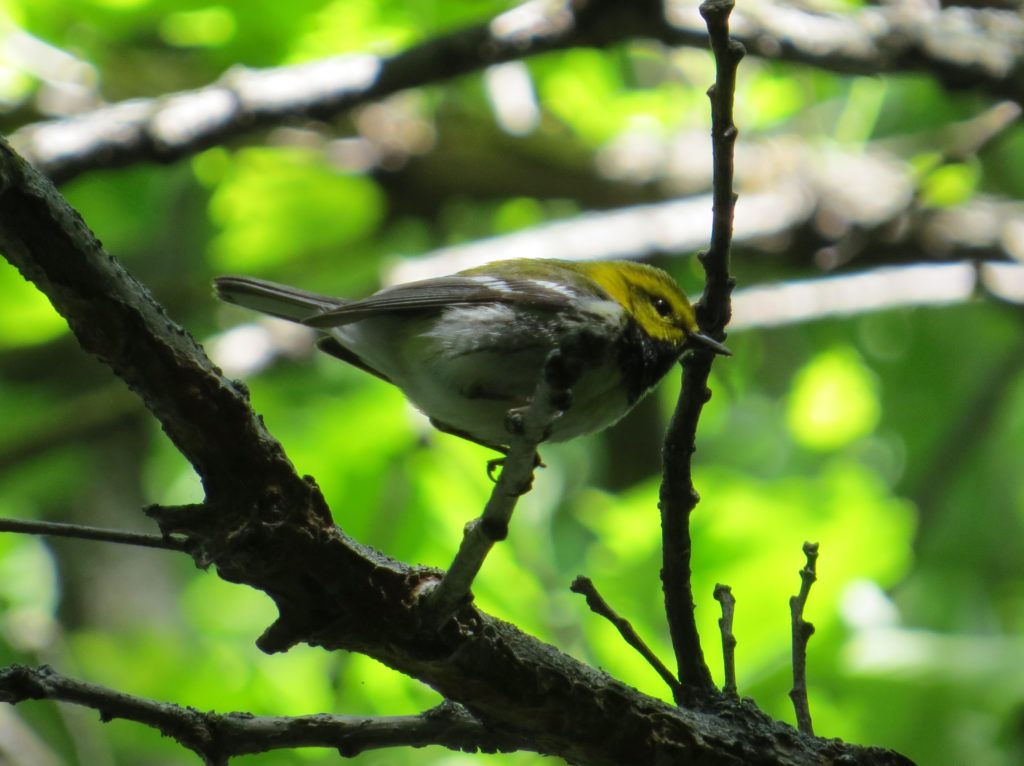
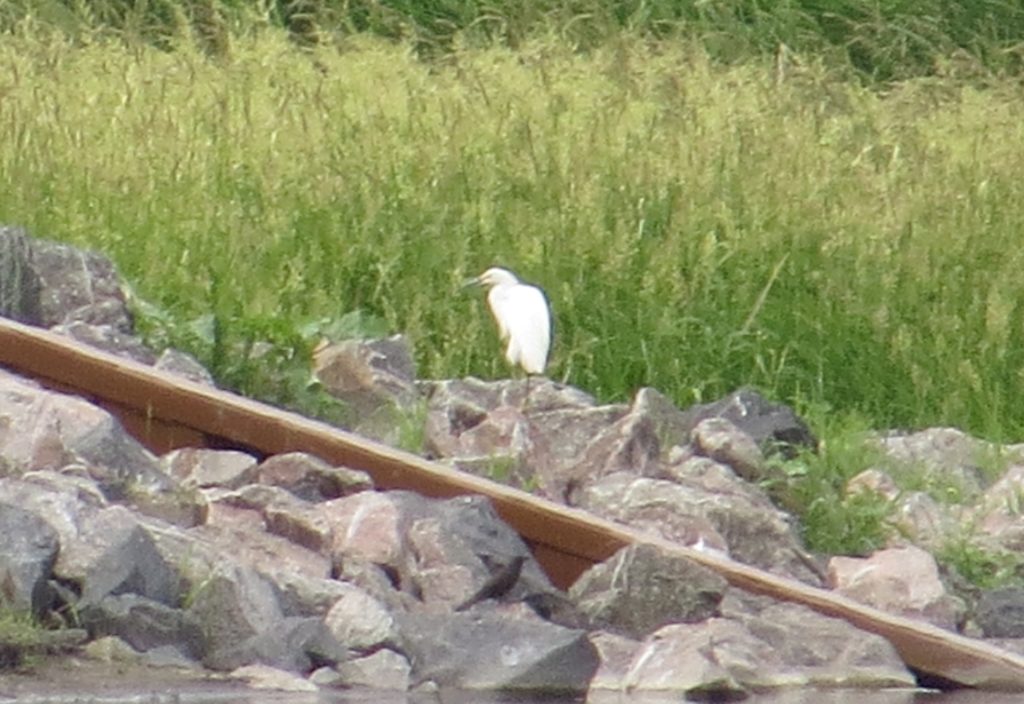 An Egret vs. Egret pic is always a nice assurance for an ID of such an important bird.
An Egret vs. Egret pic is always a nice assurance for an ID of such an important bird.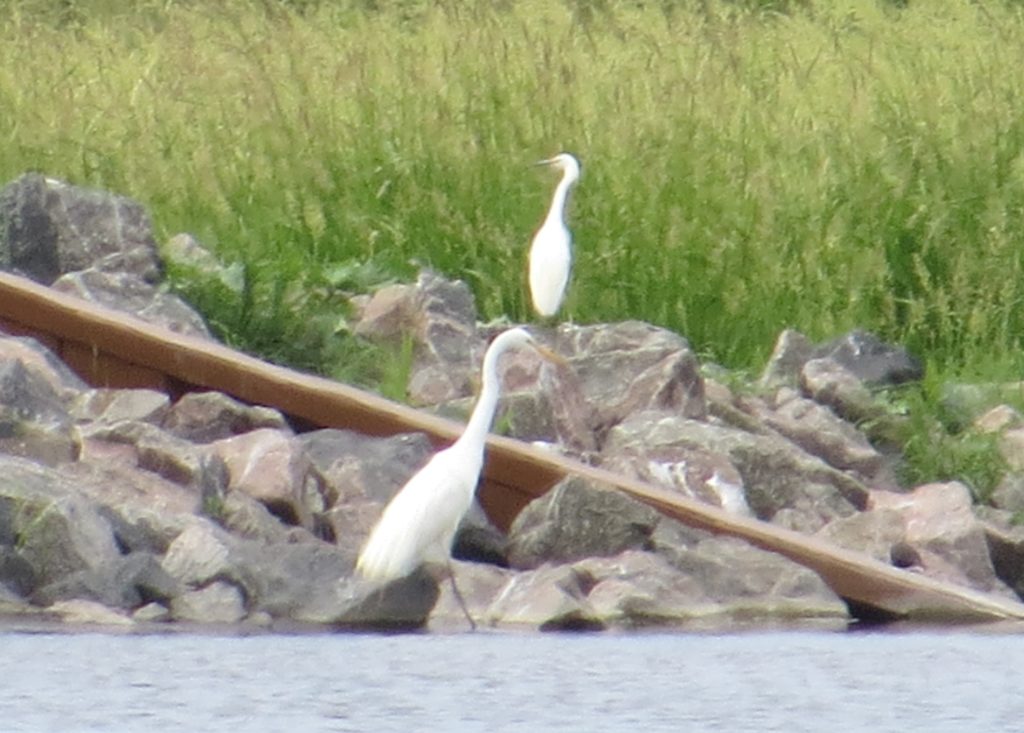 I was now tied with Bob. Wow. Some people get excited over reaching round-number milestones, like this 250, but not me. I wanted a crooked number. I wanted that #251 in the worst way. While my motivation in the beginning was to pass Bob’s number, my motivation was now about me meeting what I once thought was an unattainable goal. More than anything I wanted to do what my mind had declared an impossibility or at least a far-fetched possibility way back in December. I wanted that 7th bird in the worst way, more than a lifer even. And it was only June. I had averaged one new county bird for each month in 2017, and I still had 6 months left to get just one new county bird.
I was now tied with Bob. Wow. Some people get excited over reaching round-number milestones, like this 250, but not me. I wanted a crooked number. I wanted that #251 in the worst way. While my motivation in the beginning was to pass Bob’s number, my motivation was now about me meeting what I once thought was an unattainable goal. More than anything I wanted to do what my mind had declared an impossibility or at least a far-fetched possibility way back in December. I wanted that 7th bird in the worst way, more than a lifer even. And it was only June. I had averaged one new county bird for each month in 2017, and I still had 6 months left to get just one new county bird.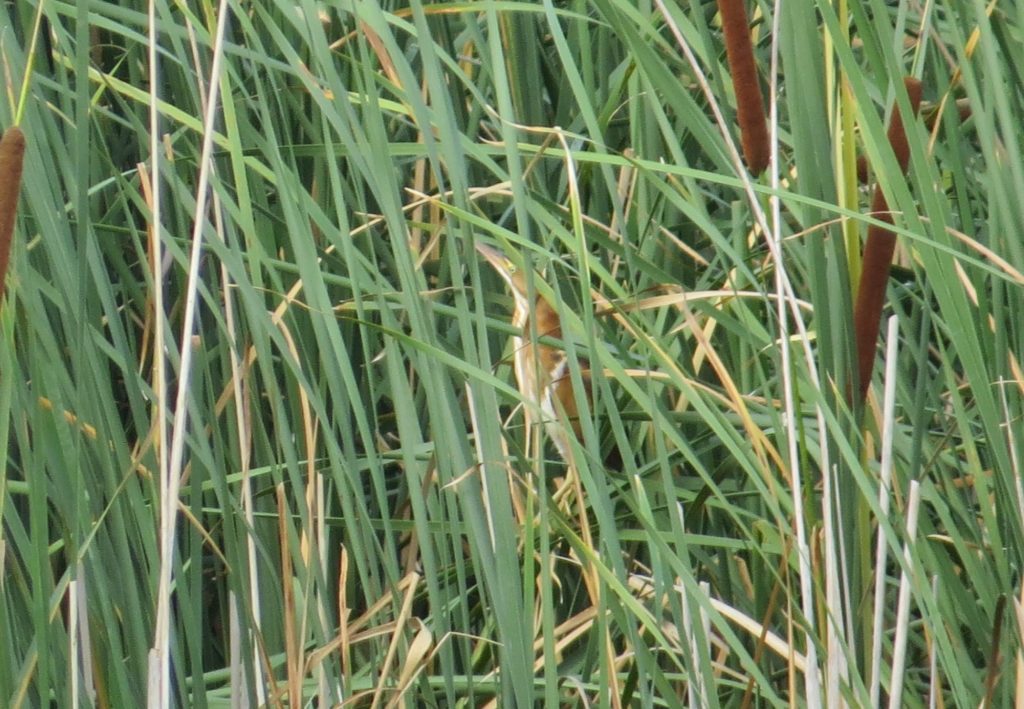
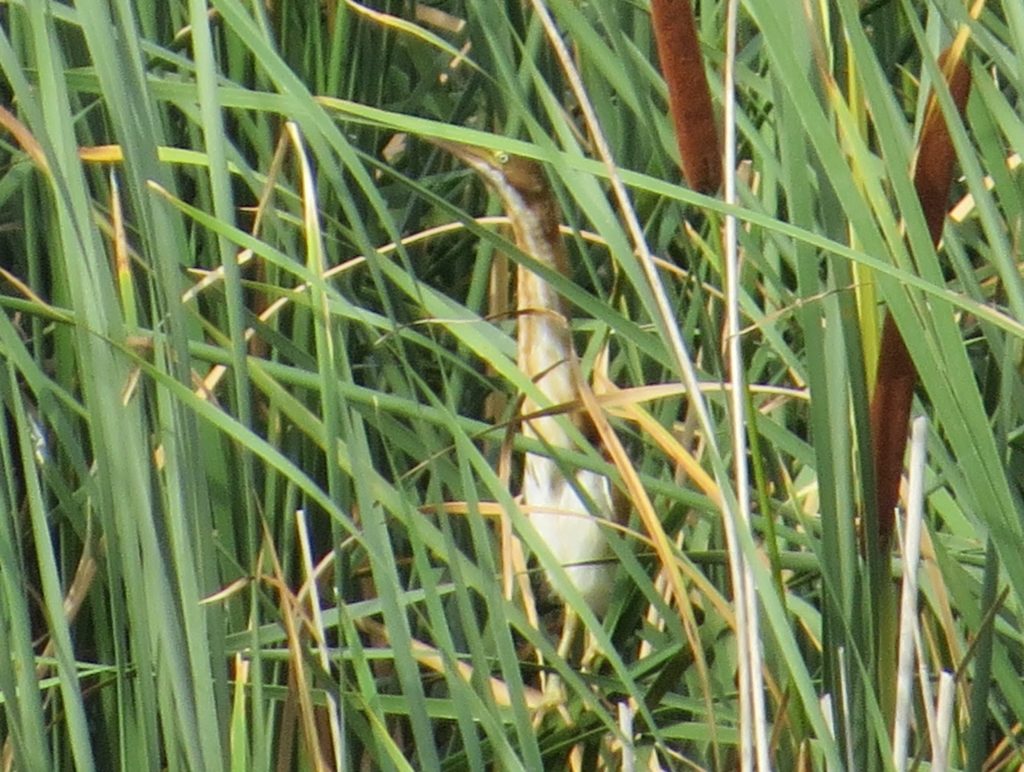 The Bittern was a fun find, but I wanted to see those Gallinules bad. I did hear one of the adults vocalize at one point, so it was officially notched. Since it was such a monumental bird, though, I really wanted to see it. Finally, patience paid off as I spotted one of the babies.
The Bittern was a fun find, but I wanted to see those Gallinules bad. I did hear one of the adults vocalize at one point, so it was officially notched. Since it was such a monumental bird, though, I really wanted to see it. Finally, patience paid off as I spotted one of the babies.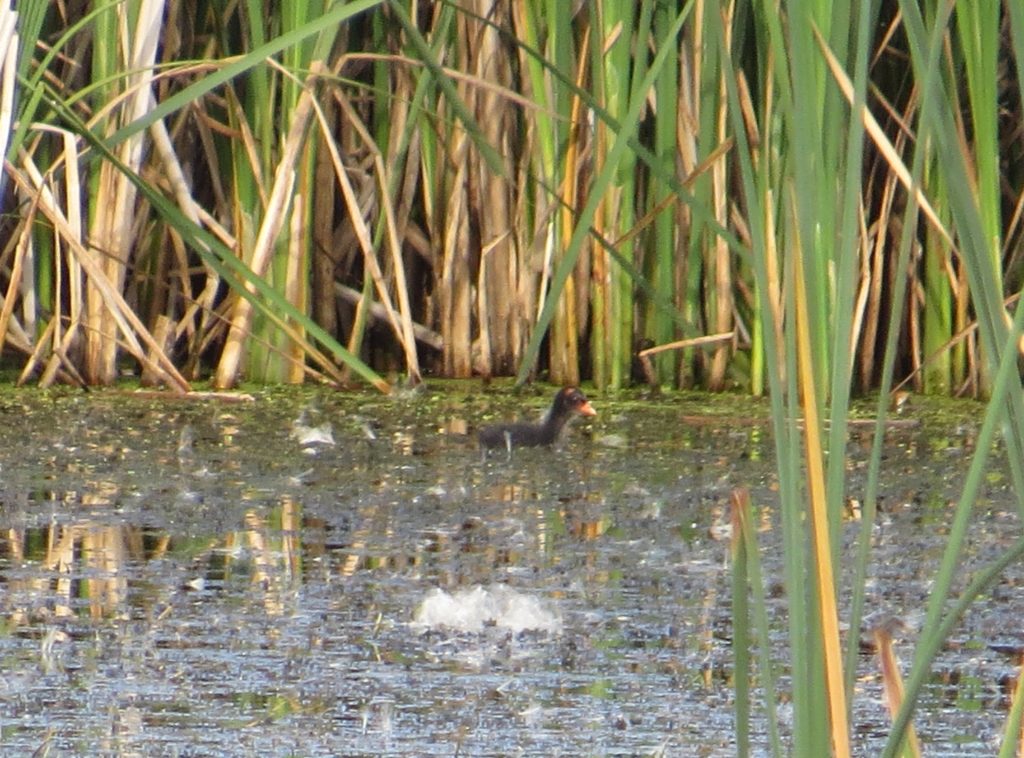 And then I saw two of the babies with one of the parents.
And then I saw two of the babies with one of the parents.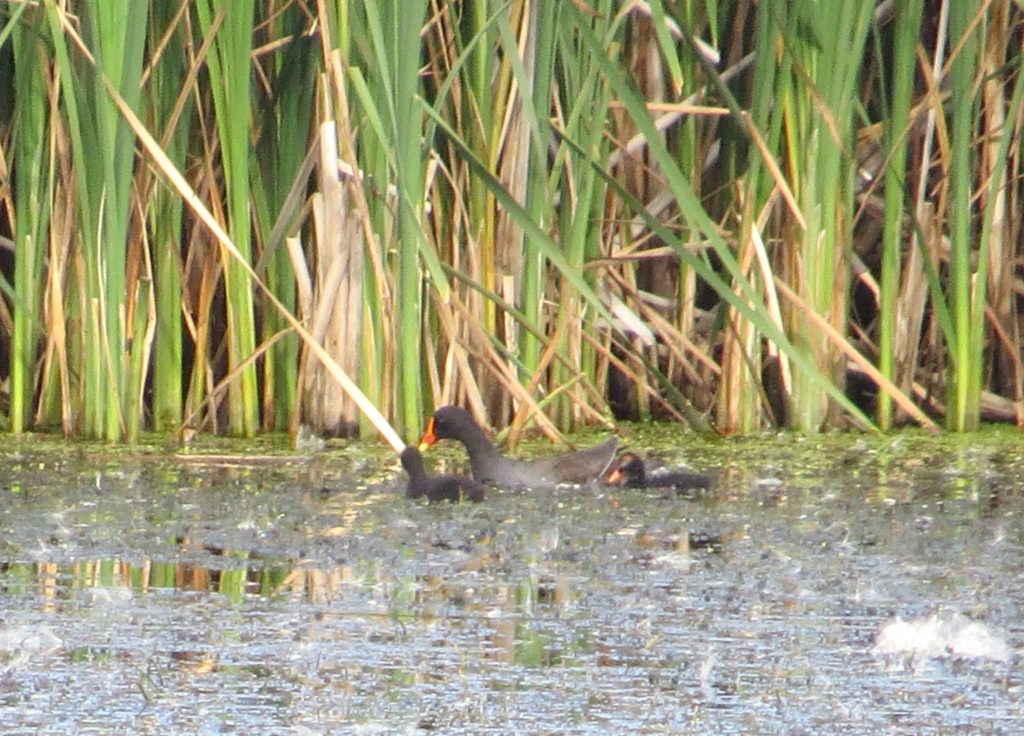 It was finished. I was ecstatic. The impossible had been achieved with a whopping 5 months left on the year. I had made it. Kathleen, if you’re reading, thank you very much for your great find!
It was finished. I was ecstatic. The impossible had been achieved with a whopping 5 months left on the year. I had made it. Kathleen, if you’re reading, thank you very much for your great find!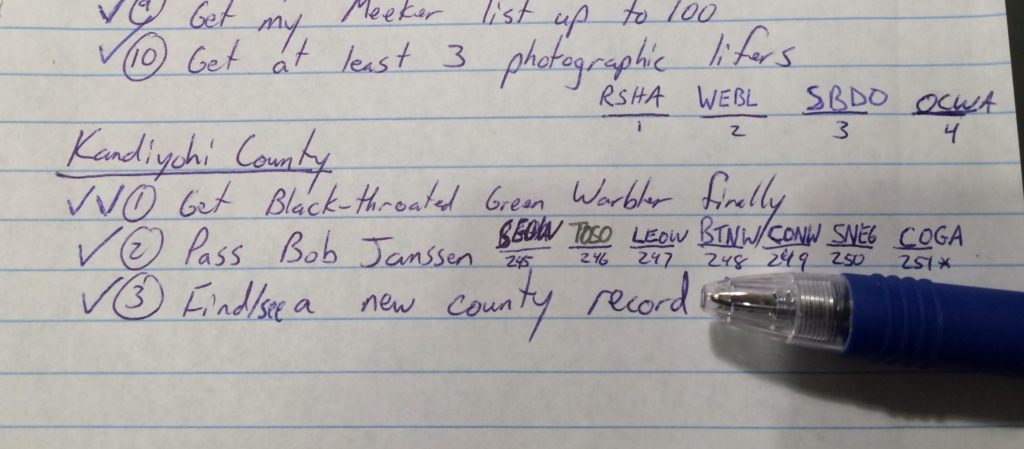
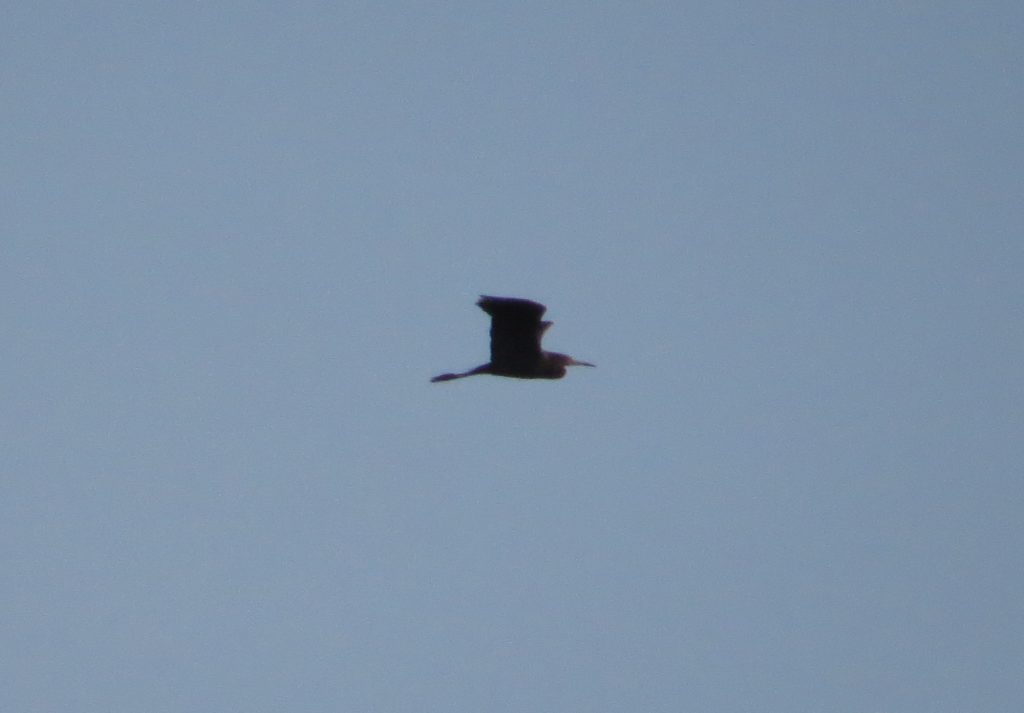
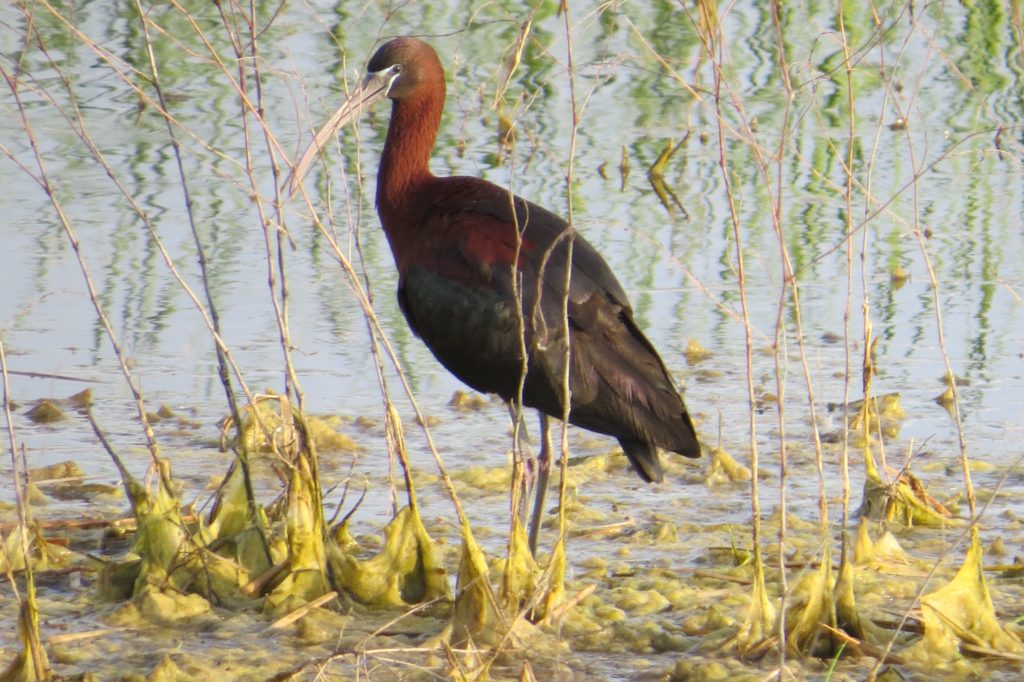
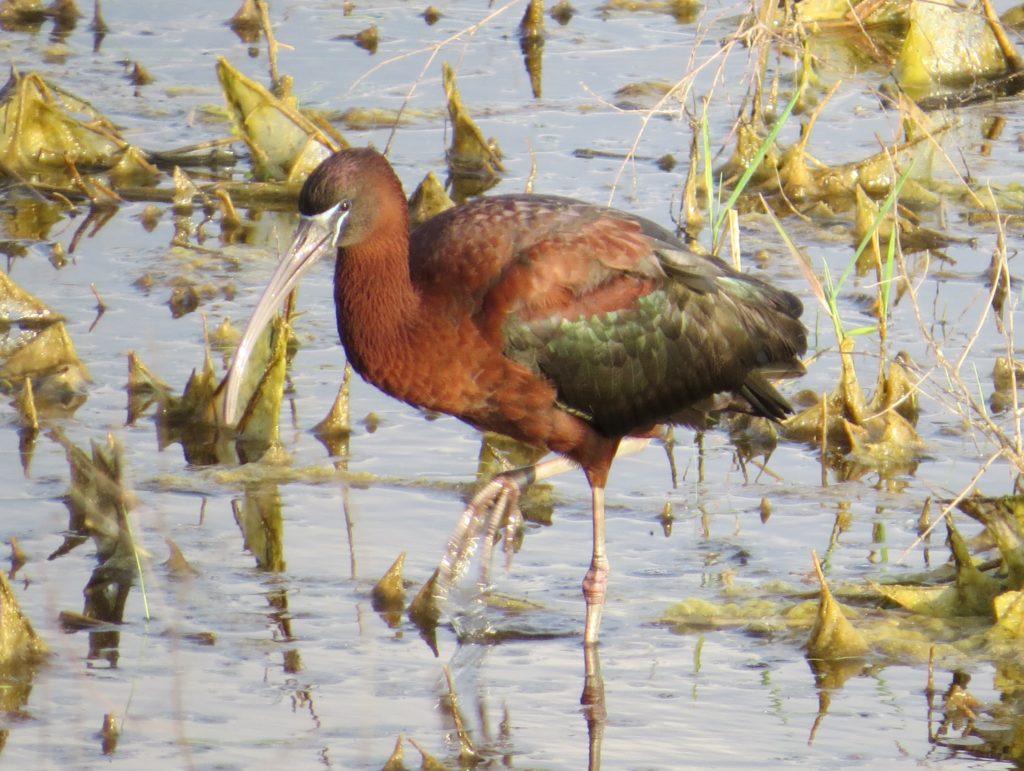 Steve and I were pretty thrilled with going 2/3 on our targets. In addition to these birds, we also nabbed some nice birds that we don’t get to see too often, like this Snowy Egret.
Steve and I were pretty thrilled with going 2/3 on our targets. In addition to these birds, we also nabbed some nice birds that we don’t get to see too often, like this Snowy Egret.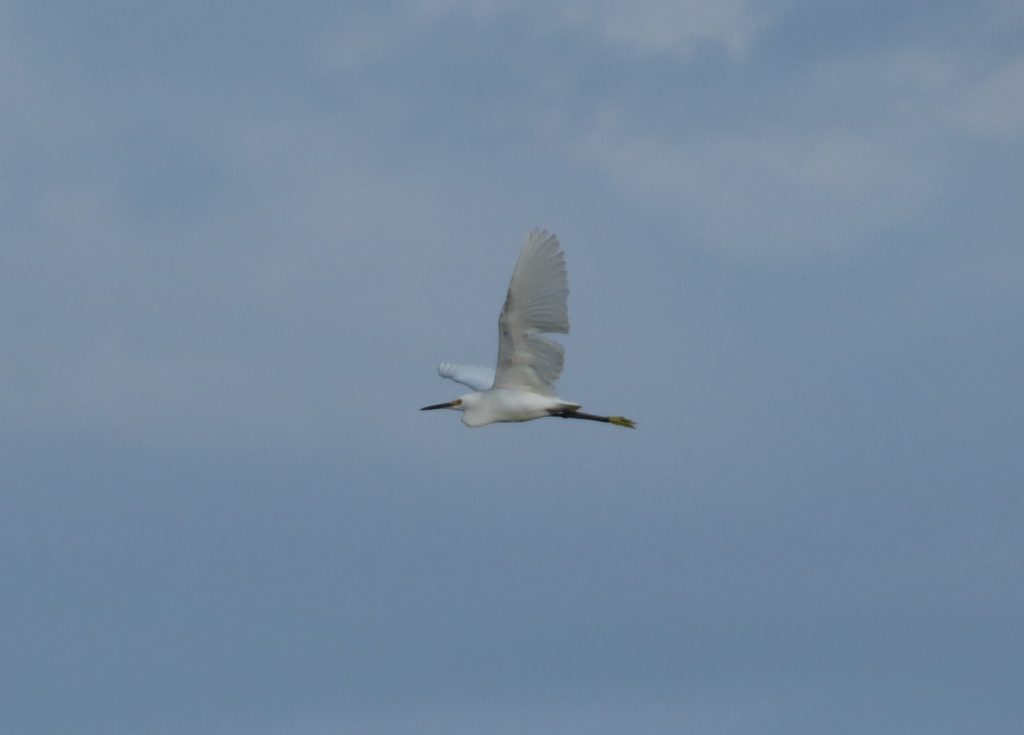
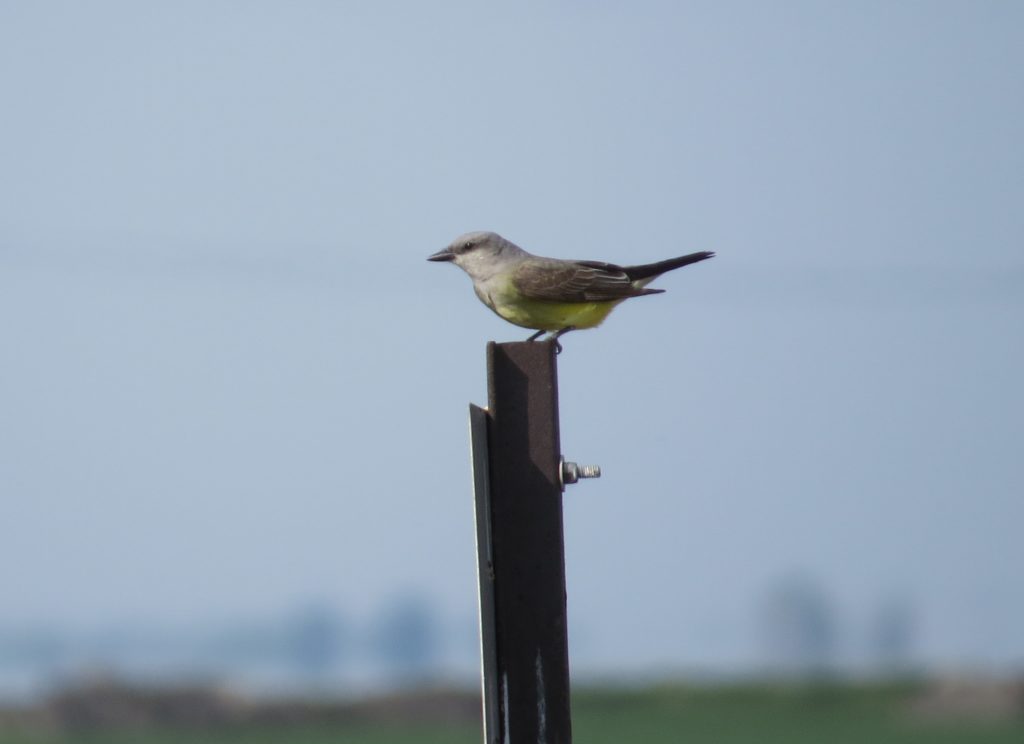 And who does not love seeing an Upland Sandpiper, especially one so crushable?
And who does not love seeing an Upland Sandpiper, especially one so crushable?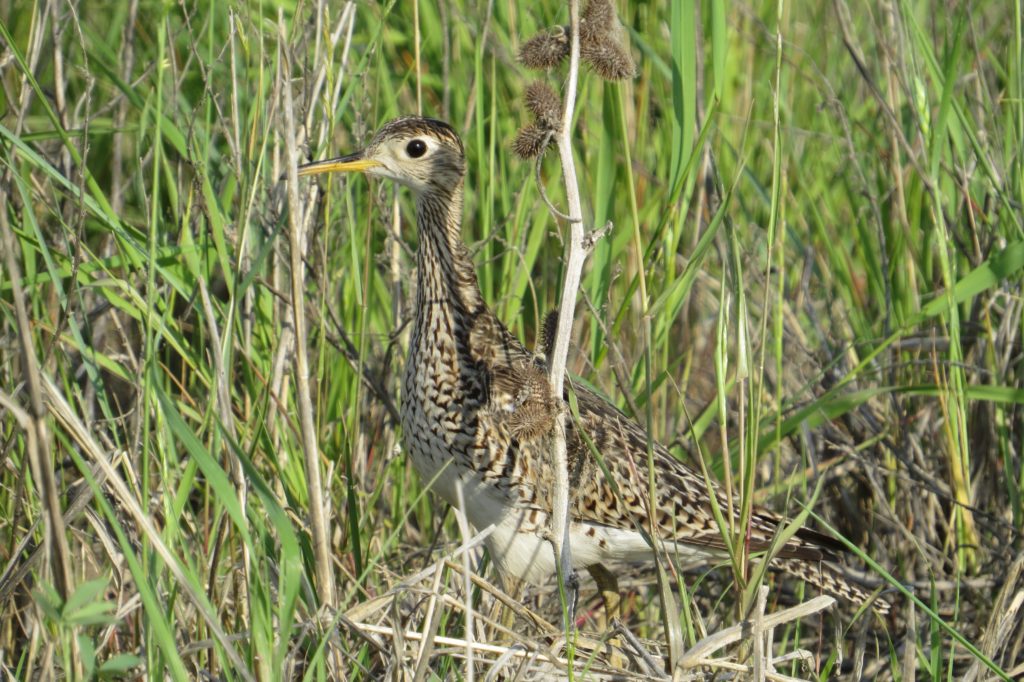
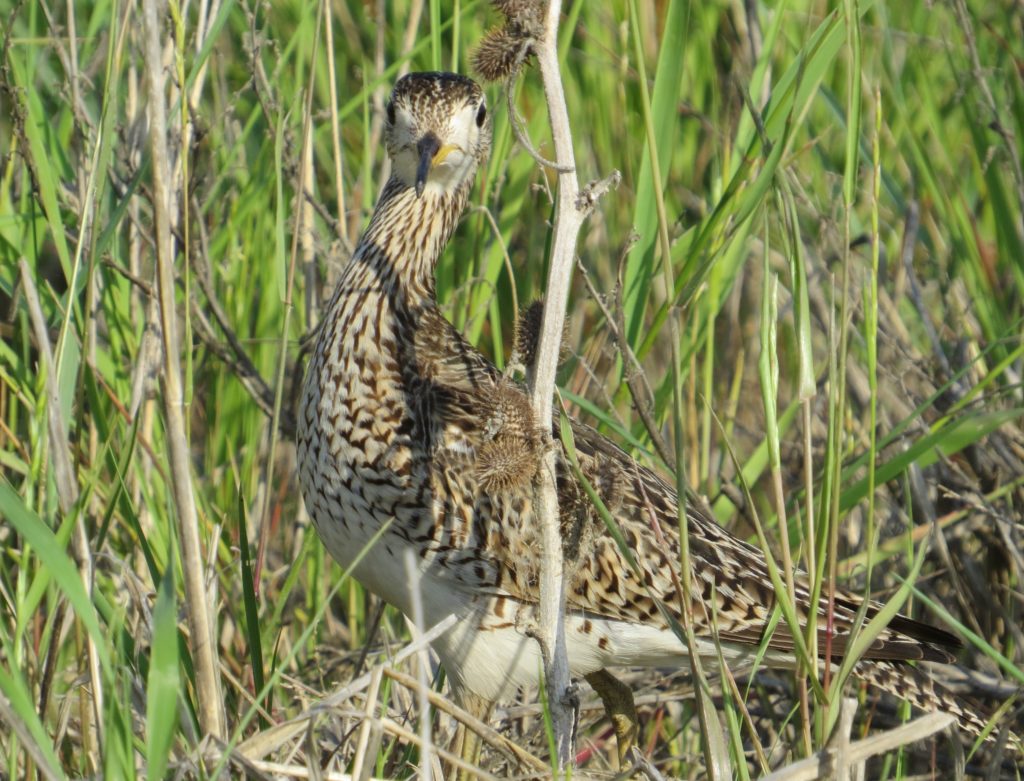 Steve and I felt pretty darn good about our trip and our nice haul of birds. We were completely satisfied, until….
Steve and I felt pretty darn good about our trip and our nice haul of birds. We were completely satisfied, until….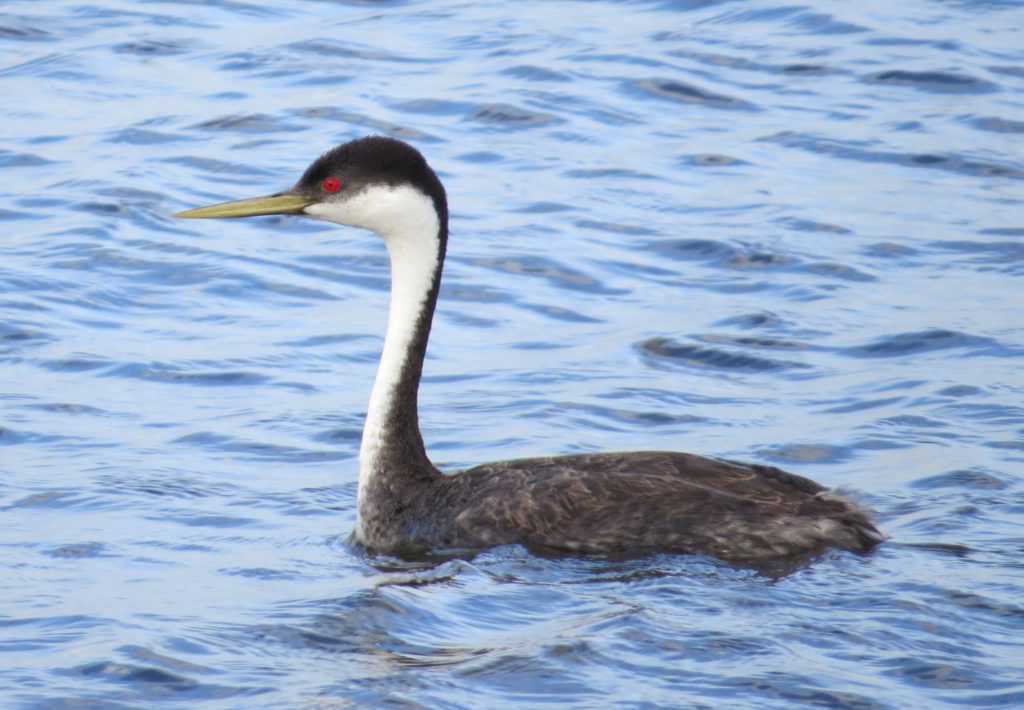 Steve and I did, however, see another casual species that was also discovered during this historic period of MN birding which I have failed to disclose in the timeline. A pair of Black-necked Stilts had set up shop in one of the shallow pools of the Impoundment. Considering I already had Black-necked Stilts for Grant County from several years ago and that Steve had just gotten this state bird recently, we just weren’t too fired up about it, especially after our double dip.
Steve and I did, however, see another casual species that was also discovered during this historic period of MN birding which I have failed to disclose in the timeline. A pair of Black-necked Stilts had set up shop in one of the shallow pools of the Impoundment. Considering I already had Black-necked Stilts for Grant County from several years ago and that Steve had just gotten this state bird recently, we just weren’t too fired up about it, especially after our double dip.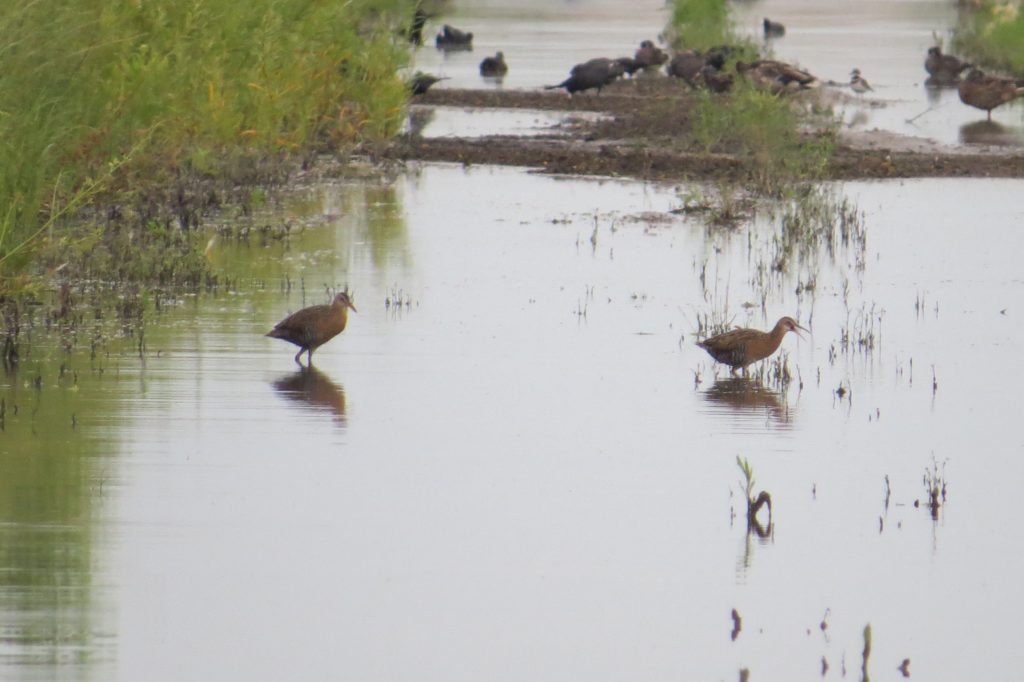 Look at the size of these things compared to the Mallards in the background. No wonder it’s the King of the Rails.
Look at the size of these things compared to the Mallards in the background. No wonder it’s the King of the Rails.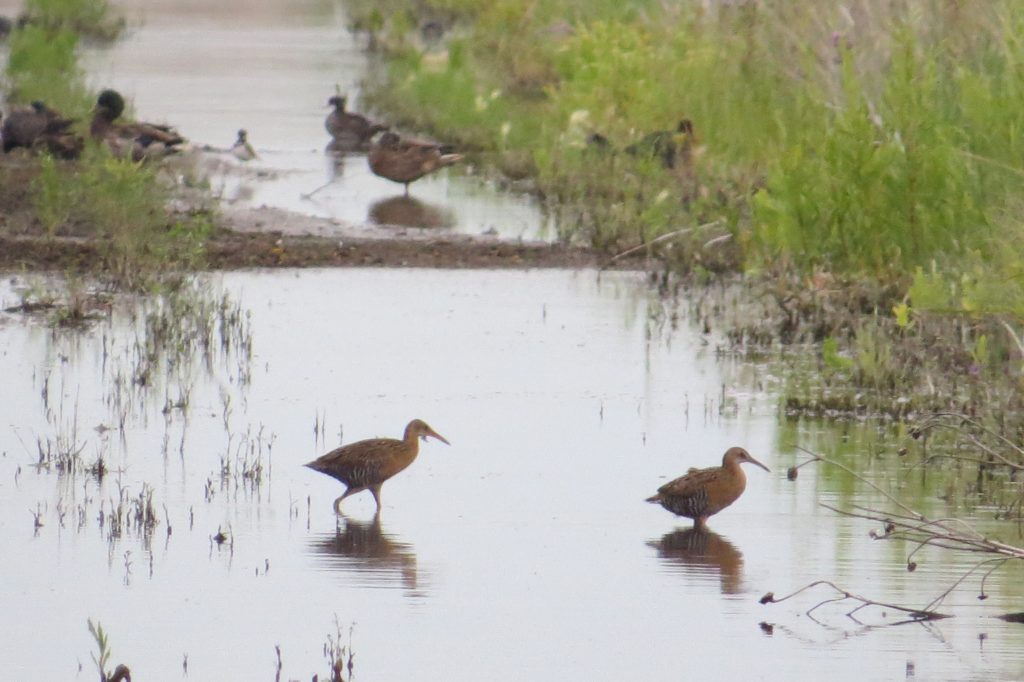
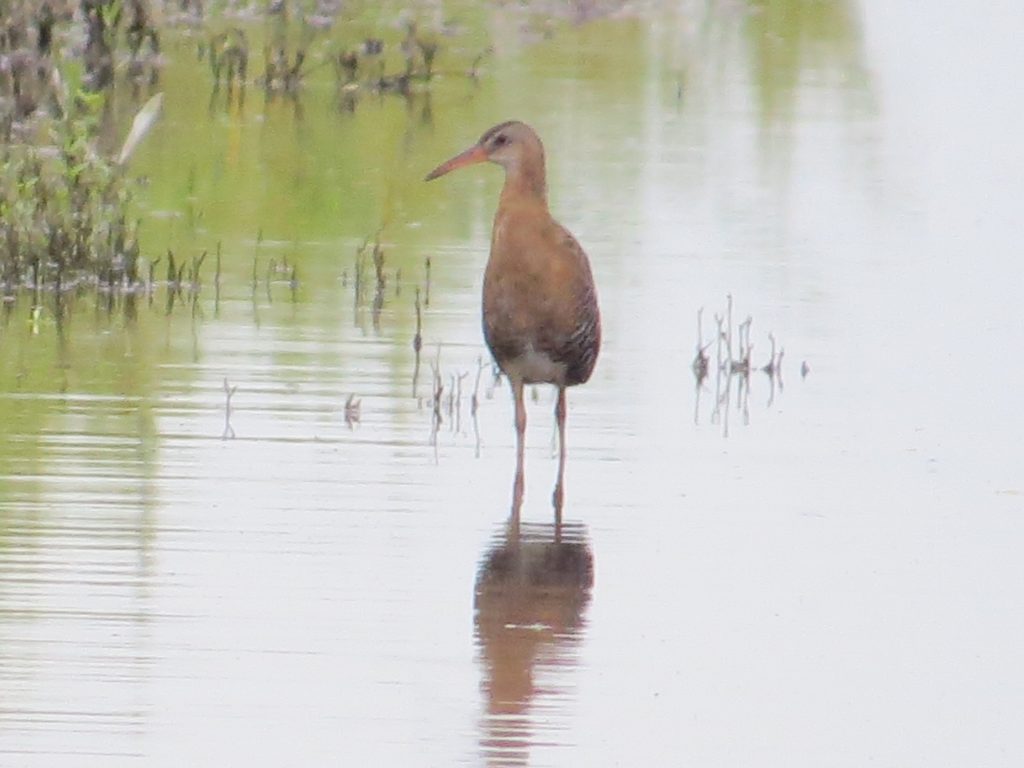 Birding is a roller coaster of emotions, and Steve and I were back on top after this sighting. Steve suggested we try for those Nelson’s Sparrows again. Despite our good fortune of the morning, I was skeptical we would find the Sparrows. But not looking certainly guarantees that outcome. So we walked the dike berm that we had a week ago. This time it definitely felt more Sparrowy–no wind, early morning, etc. We played the tape and didn’t get a response. Then a couple minutes later, I heard the recording, or what I thought was the recording, again. I asked Steve if he had left his phone app on. When he replied that he hadn’t we knew were hearing the real deal! We continued to work the area, and eventually we saw two Nelson’s Sparrows!
Birding is a roller coaster of emotions, and Steve and I were back on top after this sighting. Steve suggested we try for those Nelson’s Sparrows again. Despite our good fortune of the morning, I was skeptical we would find the Sparrows. But not looking certainly guarantees that outcome. So we walked the dike berm that we had a week ago. This time it definitely felt more Sparrowy–no wind, early morning, etc. We played the tape and didn’t get a response. Then a couple minutes later, I heard the recording, or what I thought was the recording, again. I asked Steve if he had left his phone app on. When he replied that he hadn’t we knew were hearing the real deal! We continued to work the area, and eventually we saw two Nelson’s Sparrows!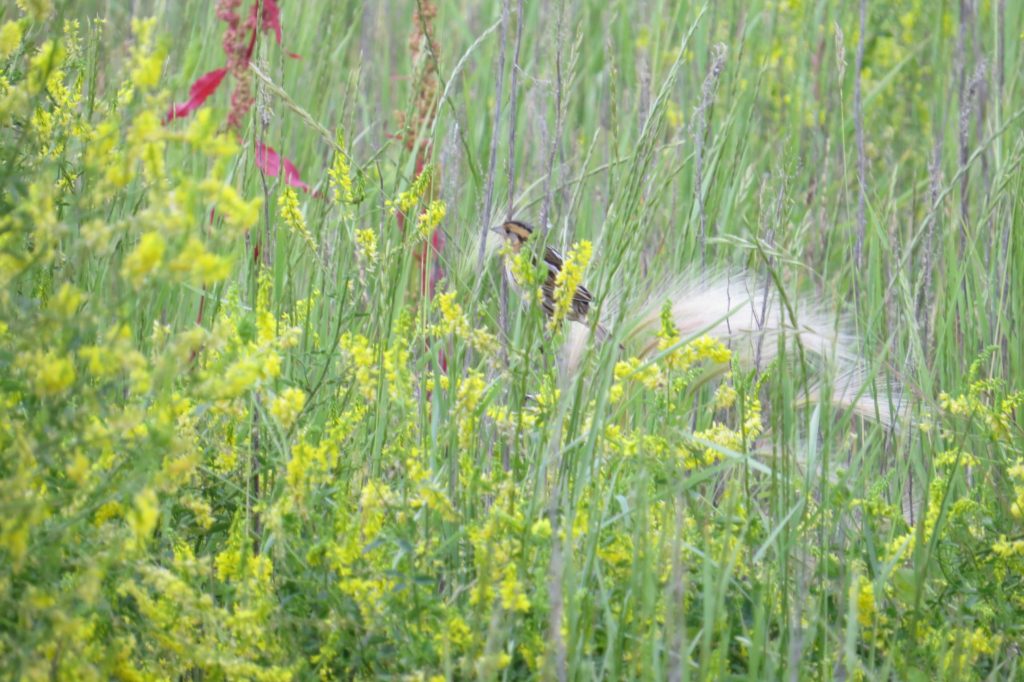 With some pishing we were able to get them to pop up for some great looks at these skulkers.
With some pishing we were able to get them to pop up for some great looks at these skulkers.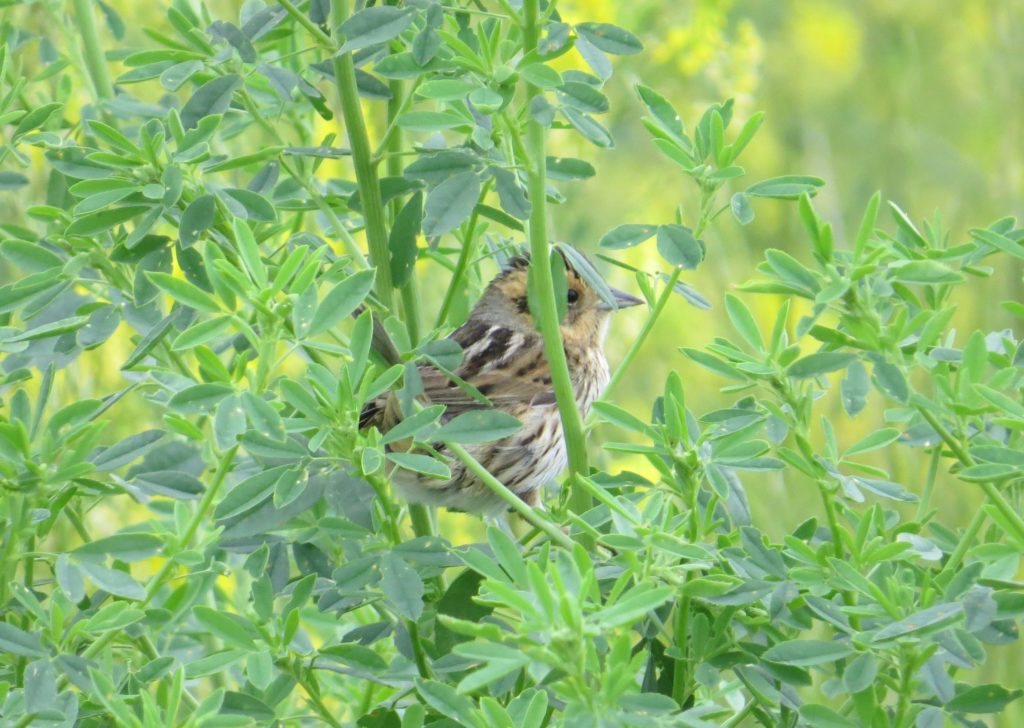
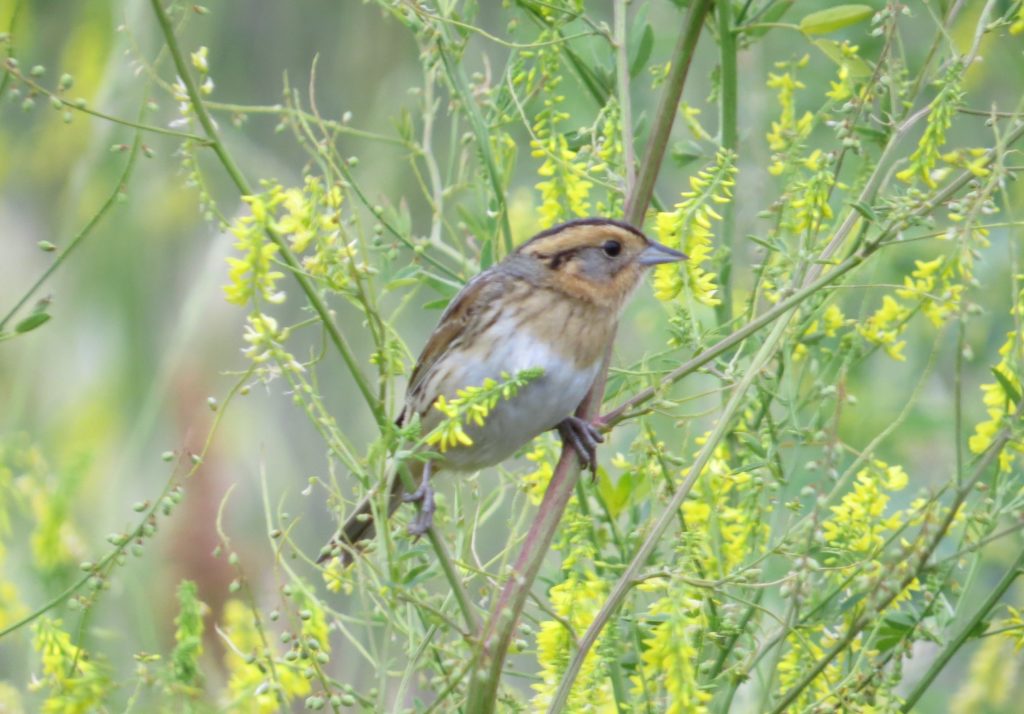 Steve and I followed these birds around for a bit, thoroughly soaking up the experience. I don’t think either of us ever expected to lifer on this bird with such good looks. We certainly didn’t expect to get this lifer in Grant County. This nighttime singer is often a heard-only bird that people trek to middle of nowhere (McGregor) to find in the middle of the night. We were stupefied. Talking it over on the ride home, we concluded that the Nelson’s Sparrow lifer experience topped the King Rails even though the Sparrow is a summer resident in our state. More than once I have been surprised by how much of an impact a Sparrow lifer has on me. A huge thanks goes out to Becca Engdahl for her find and her tips on locating it!
Steve and I followed these birds around for a bit, thoroughly soaking up the experience. I don’t think either of us ever expected to lifer on this bird with such good looks. We certainly didn’t expect to get this lifer in Grant County. This nighttime singer is often a heard-only bird that people trek to middle of nowhere (McGregor) to find in the middle of the night. We were stupefied. Talking it over on the ride home, we concluded that the Nelson’s Sparrow lifer experience topped the King Rails even though the Sparrow is a summer resident in our state. More than once I have been surprised by how much of an impact a Sparrow lifer has on me. A huge thanks goes out to Becca Engdahl for her find and her tips on locating it!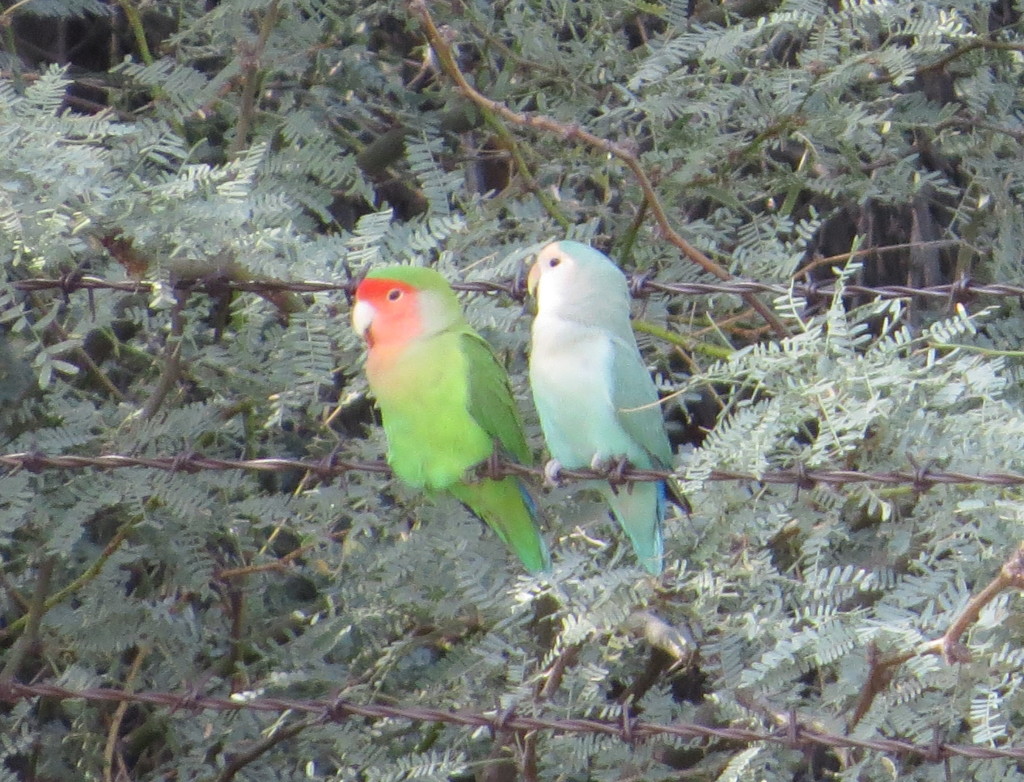 The Lovebirds have adapted well to the oases of the water-filled landscaping in the greater Phoenix area. They especially like palms which have proven useful for nesting.
The Lovebirds have adapted well to the oases of the water-filled landscaping in the greater Phoenix area. They especially like palms which have proven useful for nesting.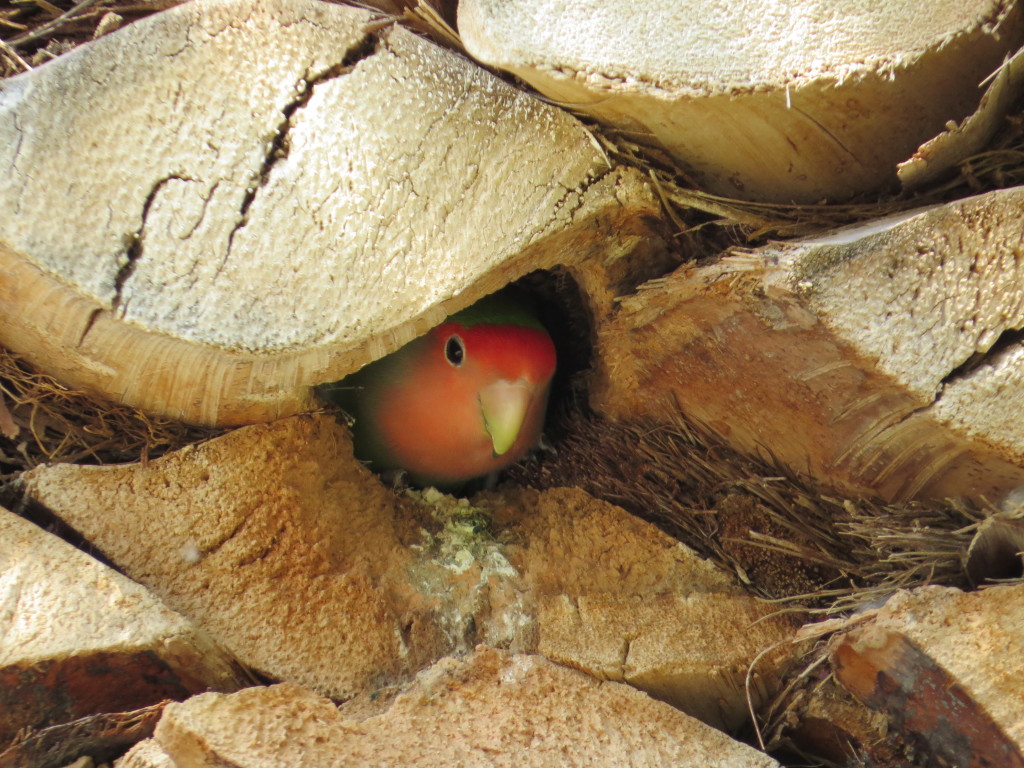 These birds are truly cute. Melissa agrees.
These birds are truly cute. Melissa agrees.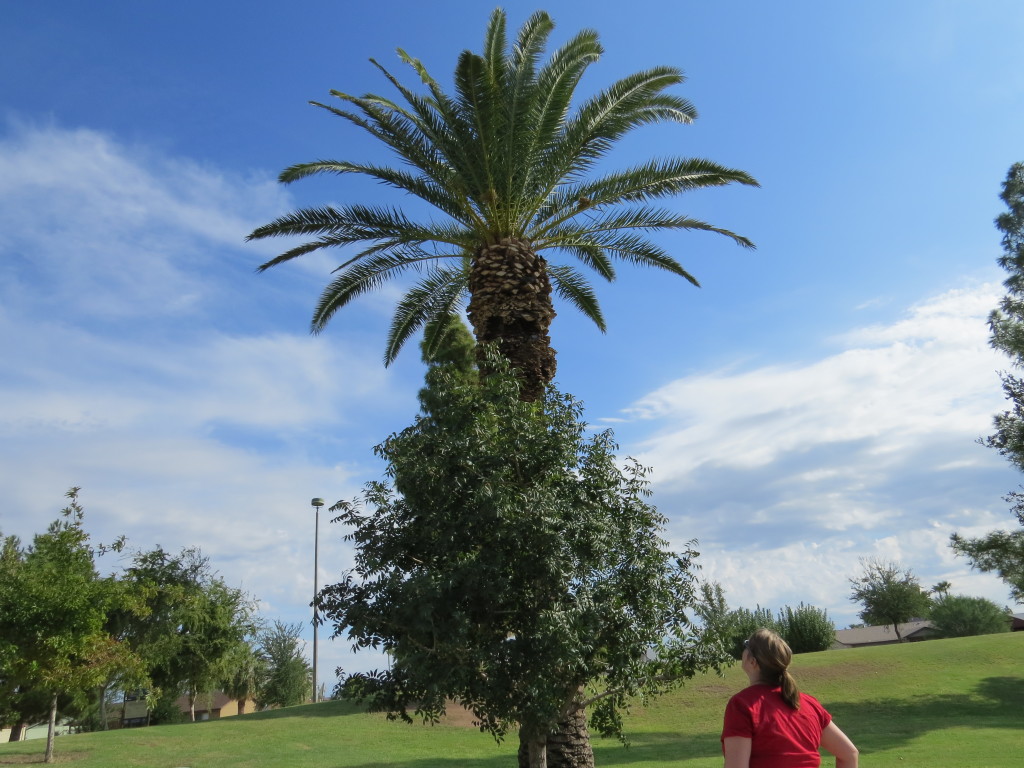
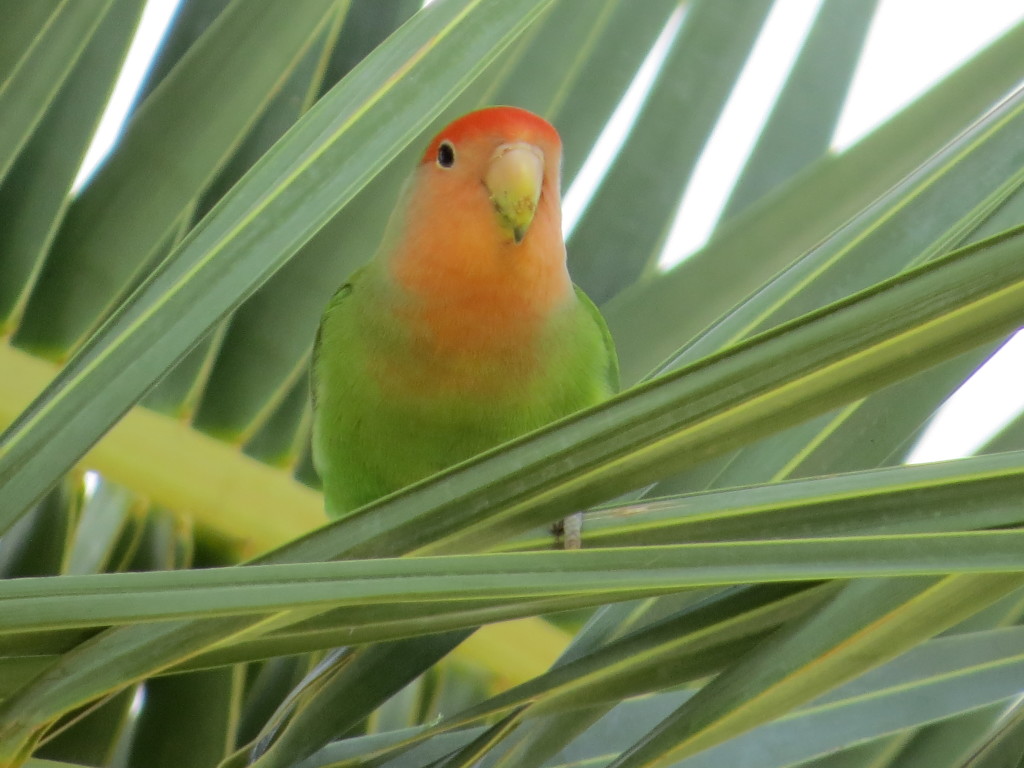
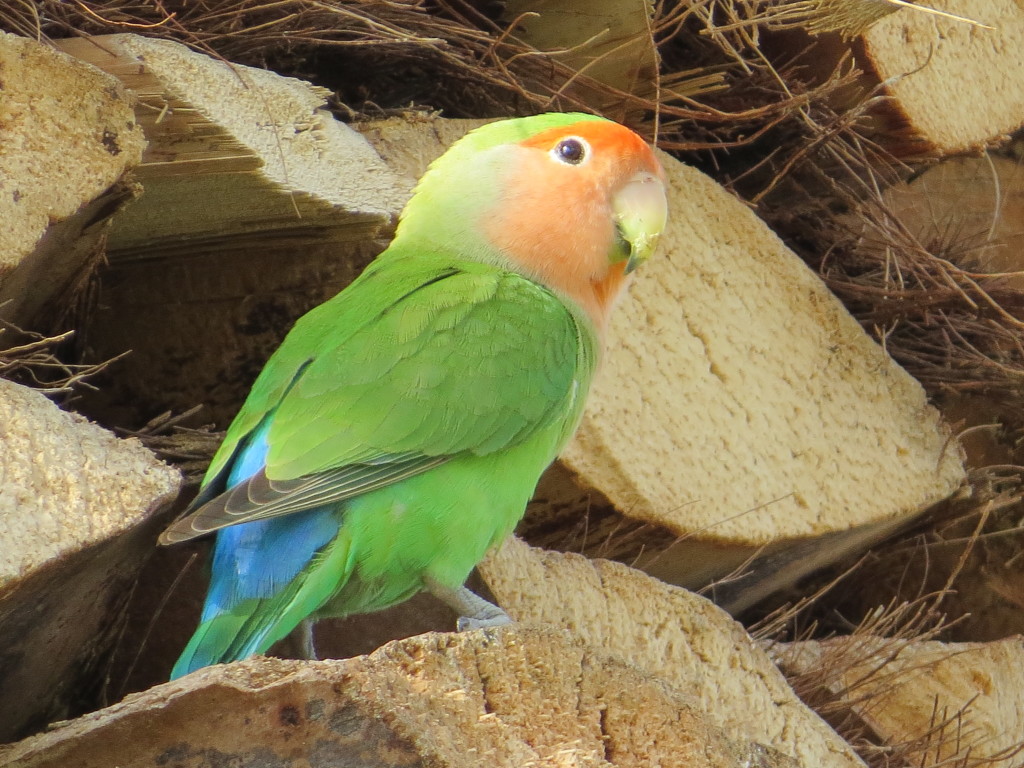 Here’s an important public service announcement for those of you not acquainted with the Lovebird. It is safe to say that despite this being an “easy” bird, I don’t think I would have found them without Gordon’s help. Here’s why: my sense of this bird’s scale was way off. Since all you ever see on blogs are impressive close-ups of this crushable bird, I was looking for something that I thought was Pigeon-sized. I guess I was wrong.
Here’s an important public service announcement for those of you not acquainted with the Lovebird. It is safe to say that despite this being an “easy” bird, I don’t think I would have found them without Gordon’s help. Here’s why: my sense of this bird’s scale was way off. Since all you ever see on blogs are impressive close-ups of this crushable bird, I was looking for something that I thought was Pigeon-sized. I guess I was wrong. 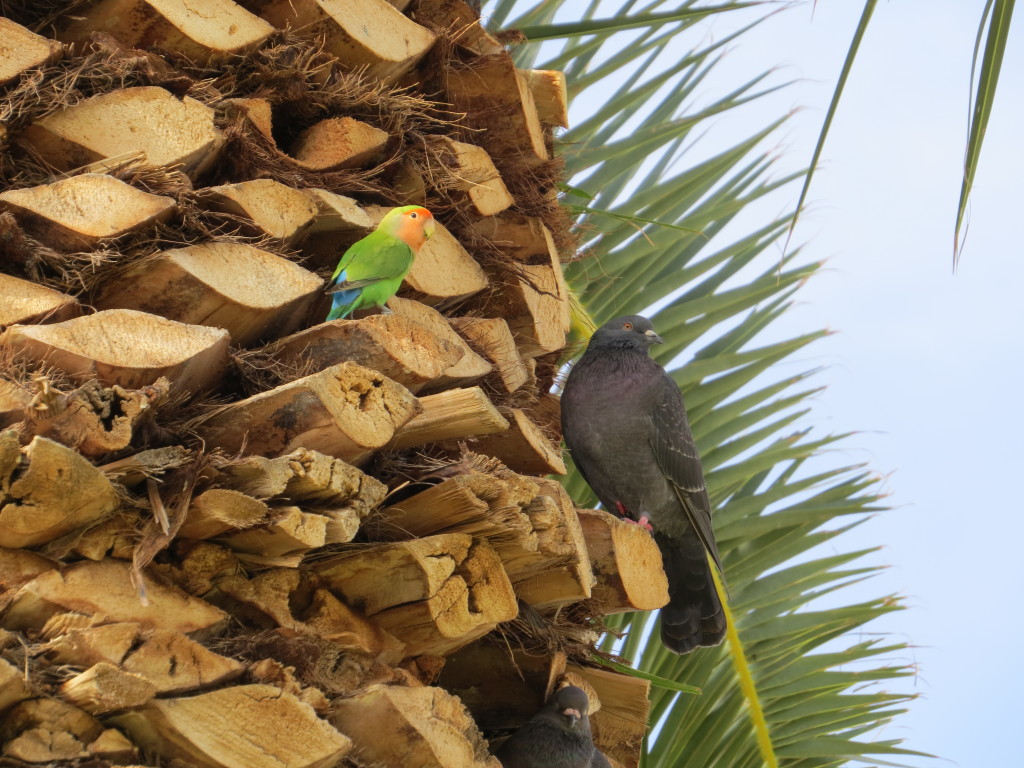
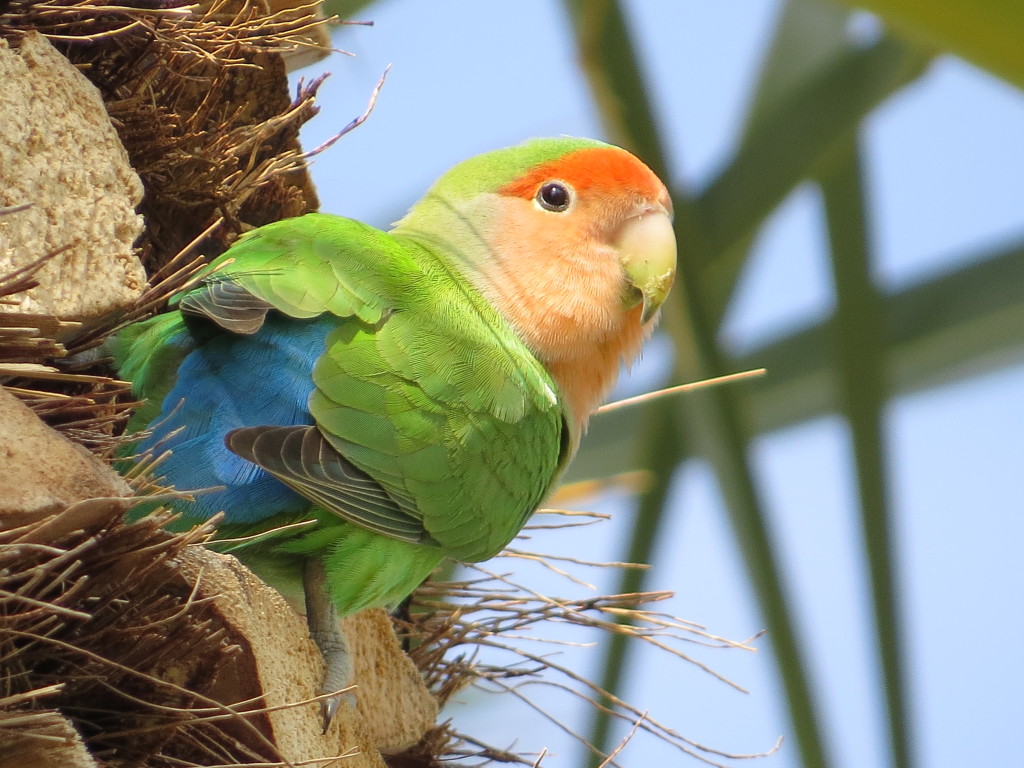 It’s hard to stop taking pictures of such a cute bird, but that’s mostly because Kiwanis didn’t offer up much more than Neotropic Cormorants and Pigeons. A pair of Gilded Flickers at our feet was a nice bonus.
It’s hard to stop taking pictures of such a cute bird, but that’s mostly because Kiwanis didn’t offer up much more than Neotropic Cormorants and Pigeons. A pair of Gilded Flickers at our feet was a nice bonus.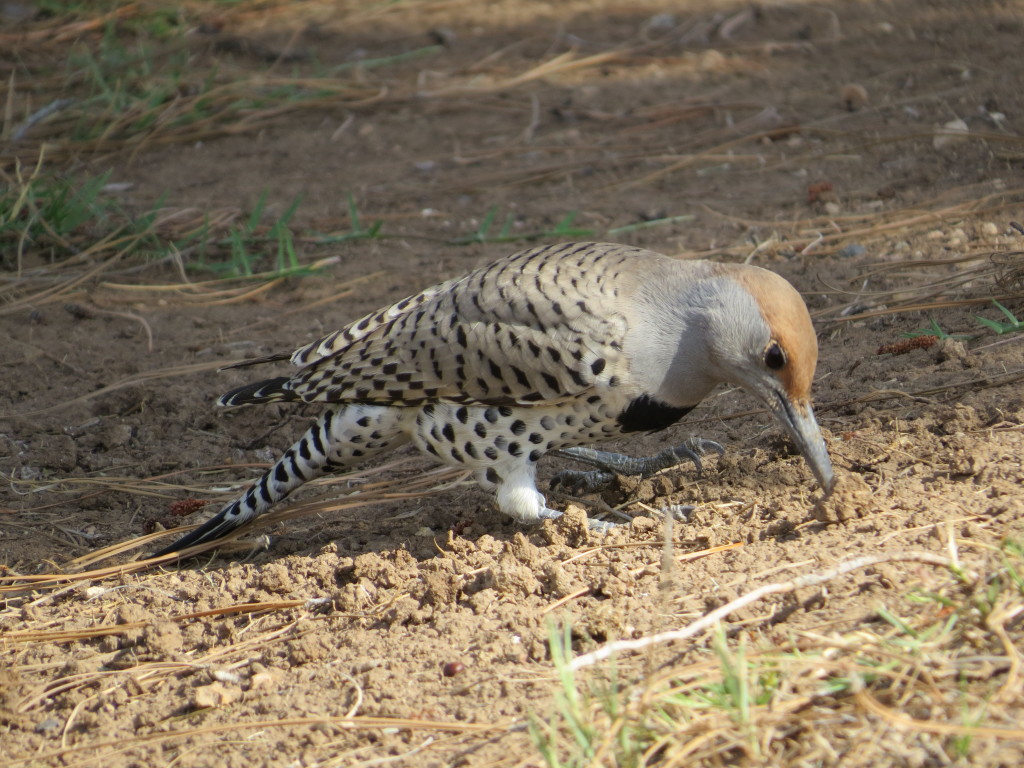 With the Lovebird lifer out of the way, we made the short trek up to Tempe Town Lake. The Brown Pelican was a bird I’d like to think I could have found on my own. Gordon wasn’t taking any chances. He led the way and spotted it out in marsh section of Tempe Town Lake.
With the Lovebird lifer out of the way, we made the short trek up to Tempe Town Lake. The Brown Pelican was a bird I’d like to think I could have found on my own. Gordon wasn’t taking any chances. He led the way and spotted it out in marsh section of Tempe Town Lake.
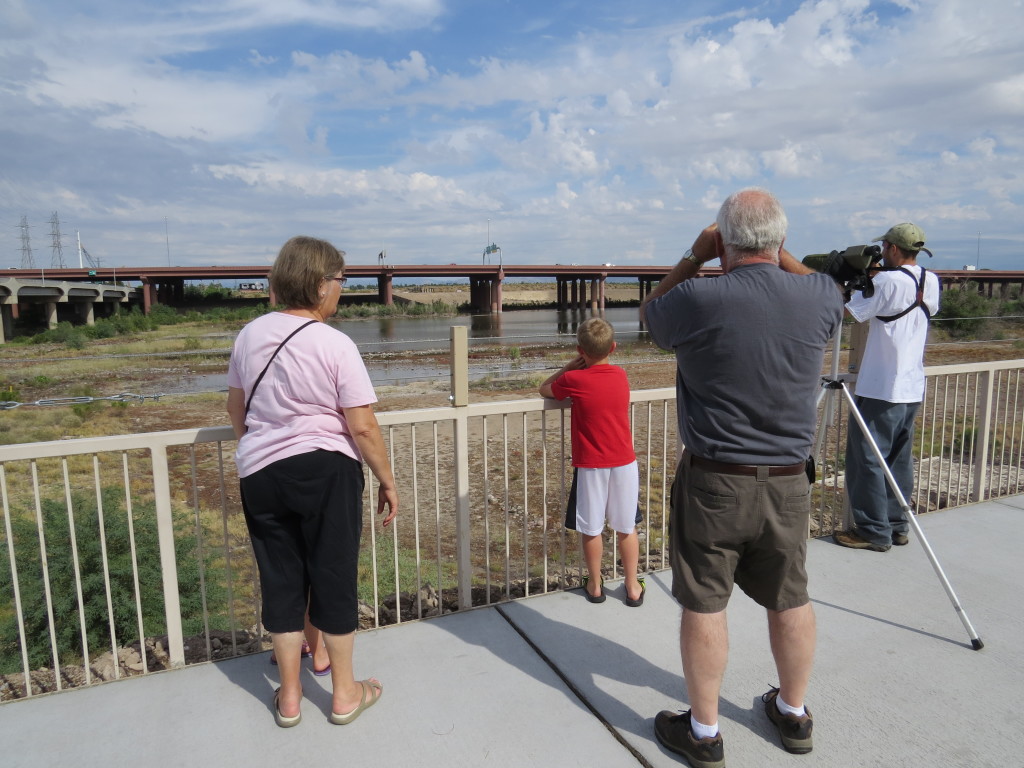
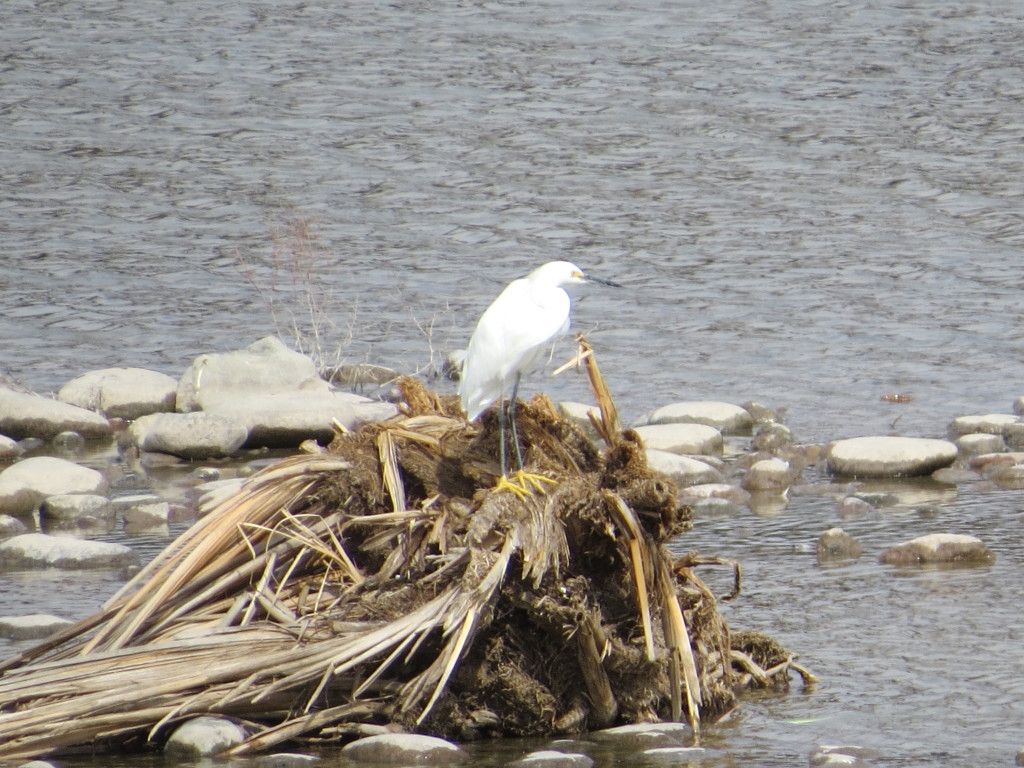
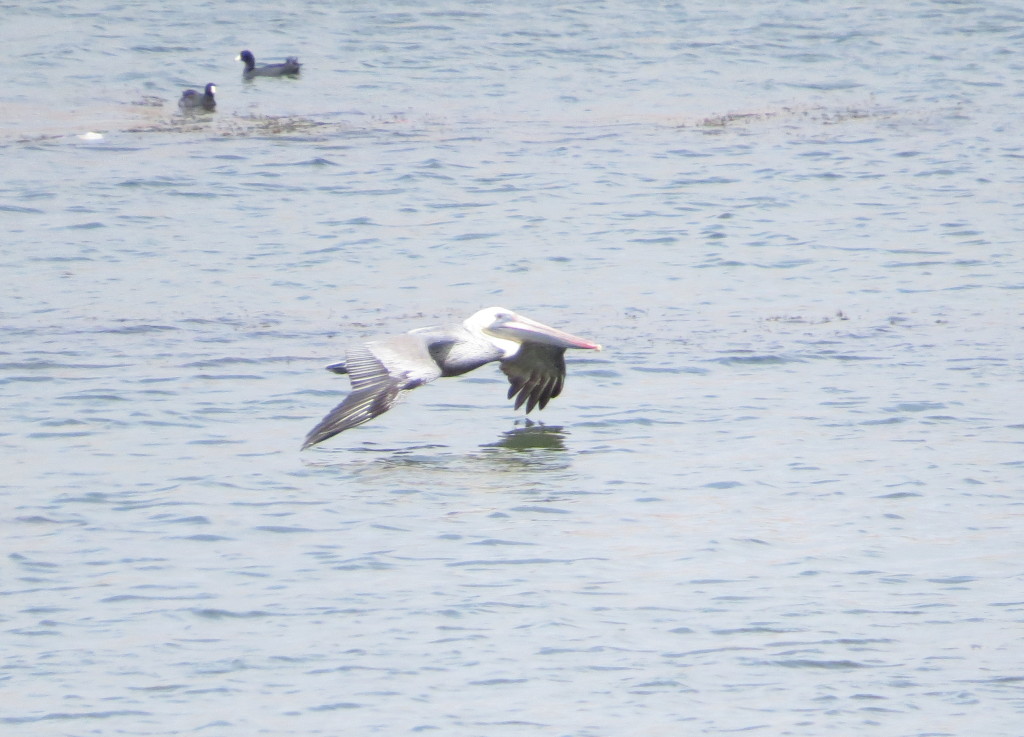
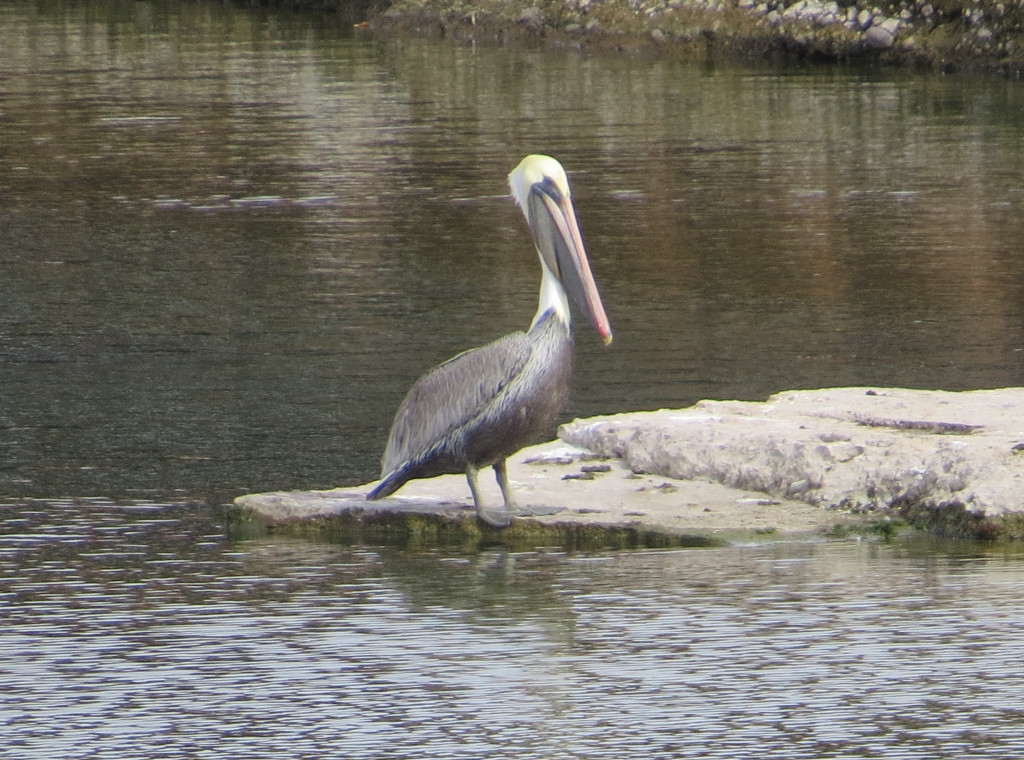 Finally the Pelican/Lovebird anxiety was no more. After saying our goodbyes to Gordon, we had much of the day to do whatever, like check out the impressive collections of potted cacti and caged Macaws at Leaf&Feather in Maricopa. I had no idea so many species of Macaws existed. Might have to put Brazil on the bucket list.
Finally the Pelican/Lovebird anxiety was no more. After saying our goodbyes to Gordon, we had much of the day to do whatever, like check out the impressive collections of potted cacti and caged Macaws at Leaf&Feather in Maricopa. I had no idea so many species of Macaws existed. Might have to put Brazil on the bucket list. We also spent time playing in one of the most impressive rain storms I have seen, in Arizona no less.
We also spent time playing in one of the most impressive rain storms I have seen, in Arizona no less.
 Some children were not as enthused about the deluge and were downright grumpy.
Some children were not as enthused about the deluge and were downright grumpy.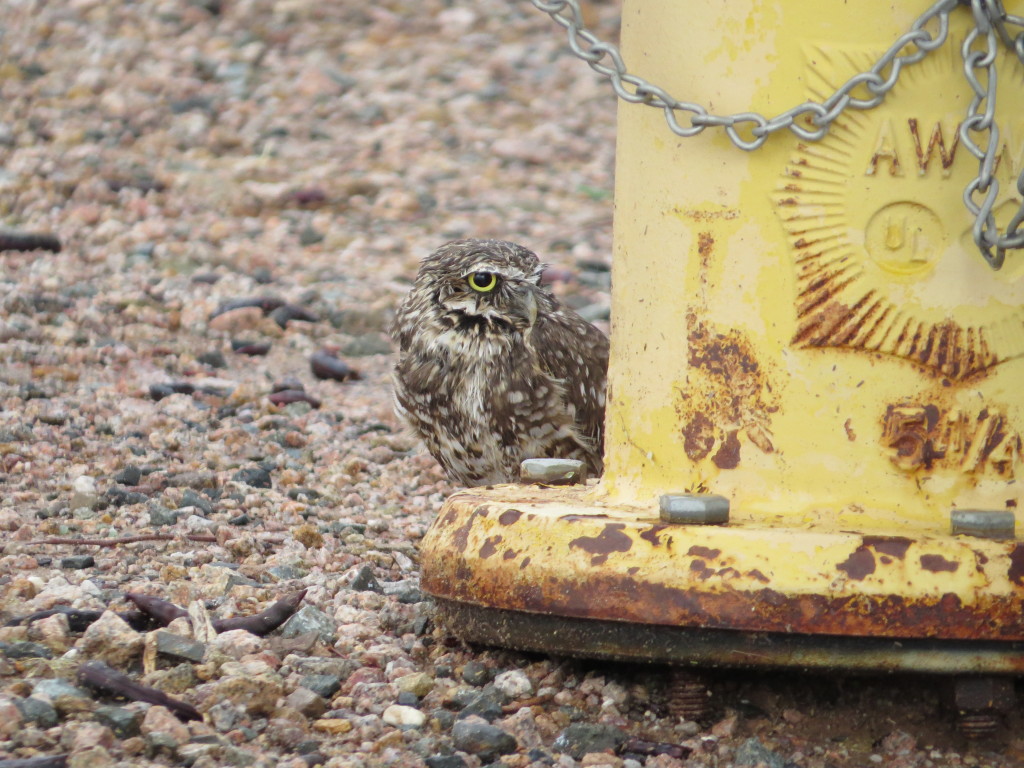
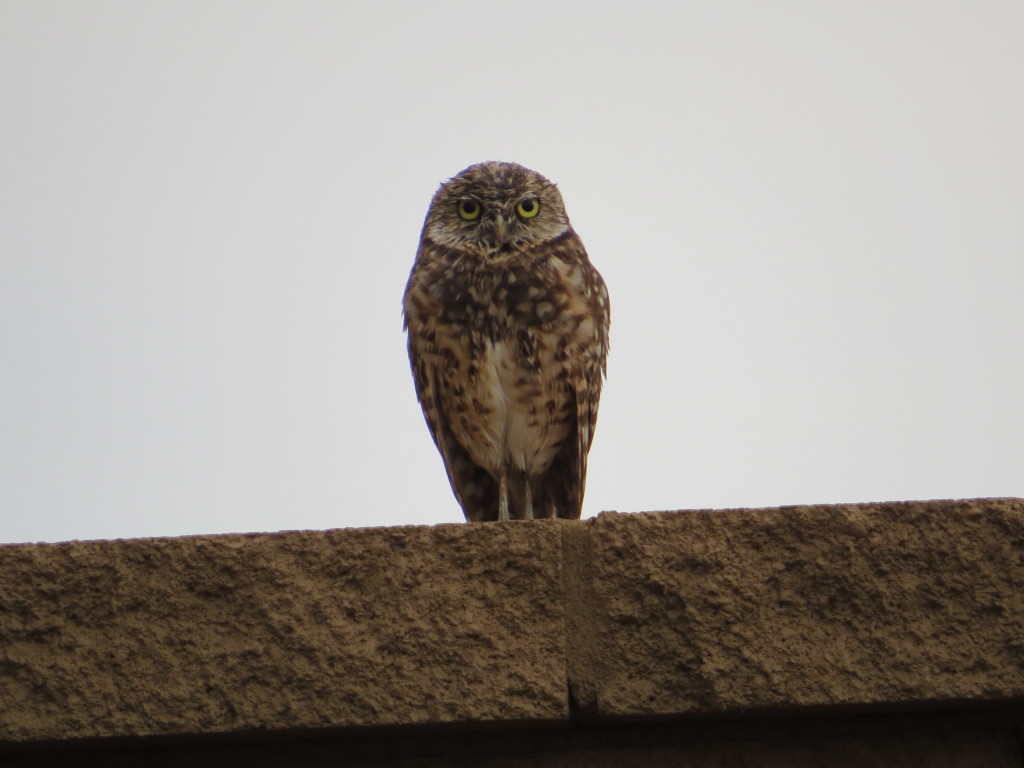 Another AZ trip is on record, full of many new birds and great memories. It’s time get back to MN though with some good winter owling. Stick around, these posts will be coming out fast.
Another AZ trip is on record, full of many new birds and great memories. It’s time get back to MN though with some good winter owling. Stick around, these posts will be coming out fast.